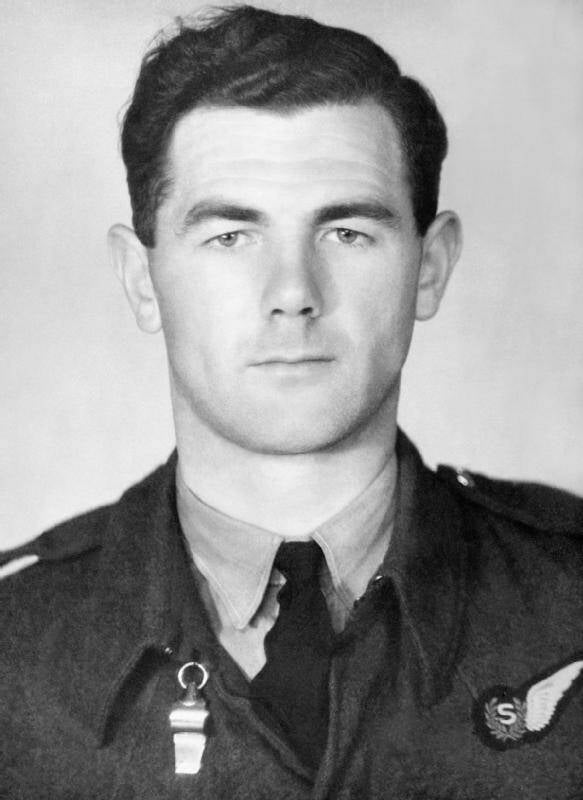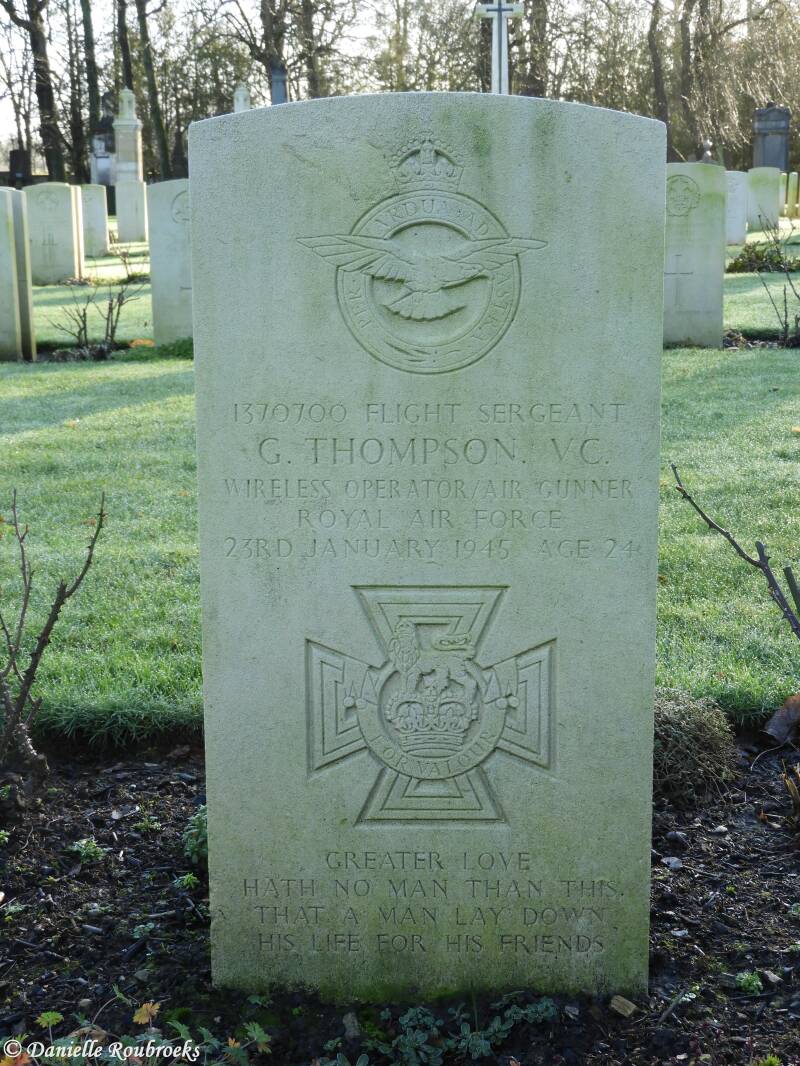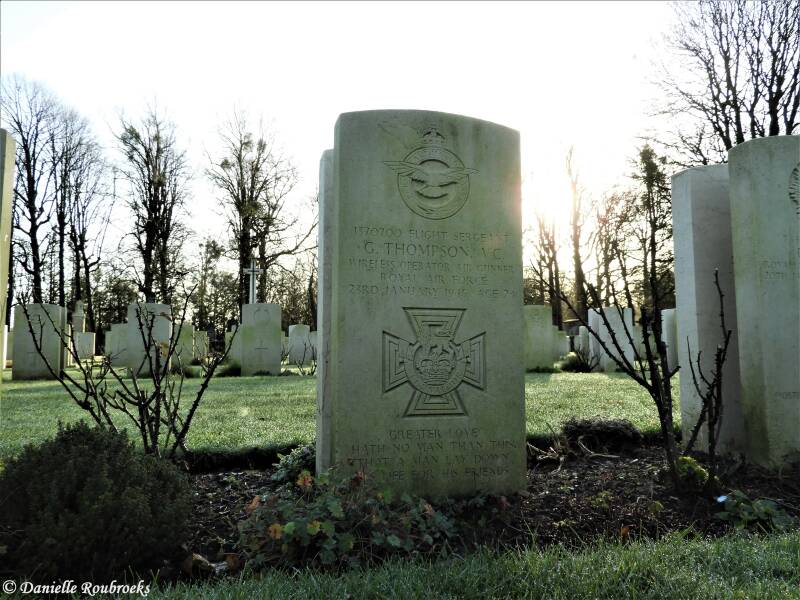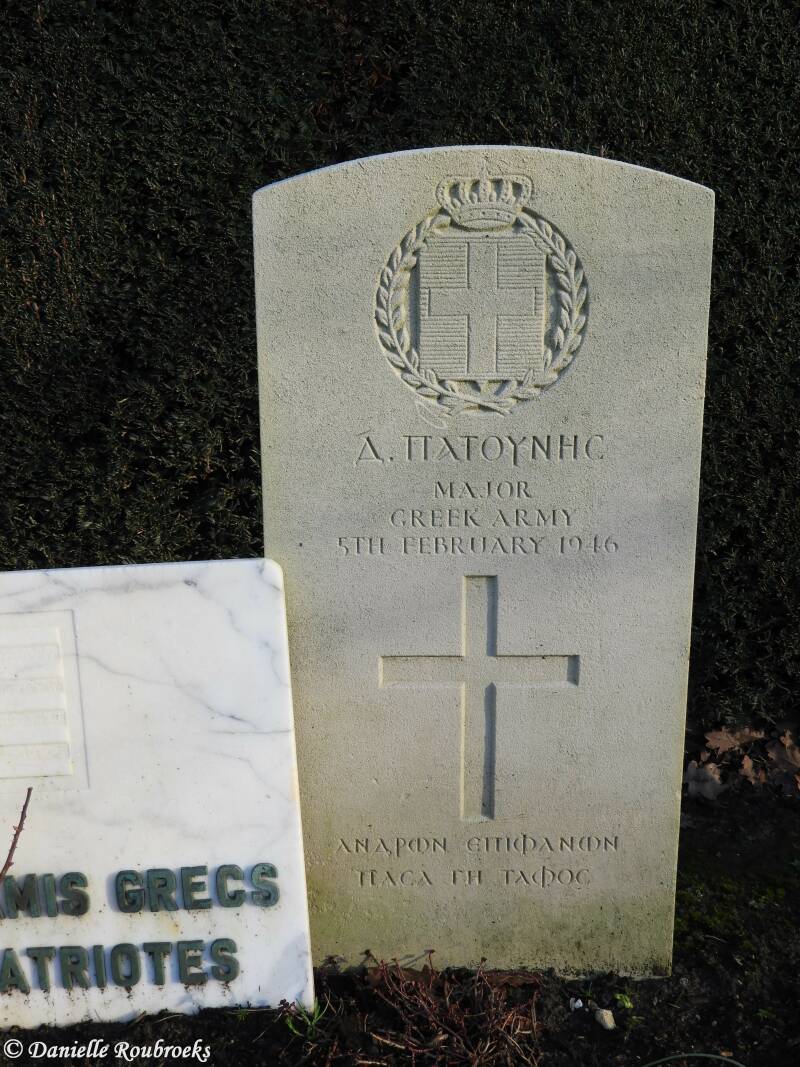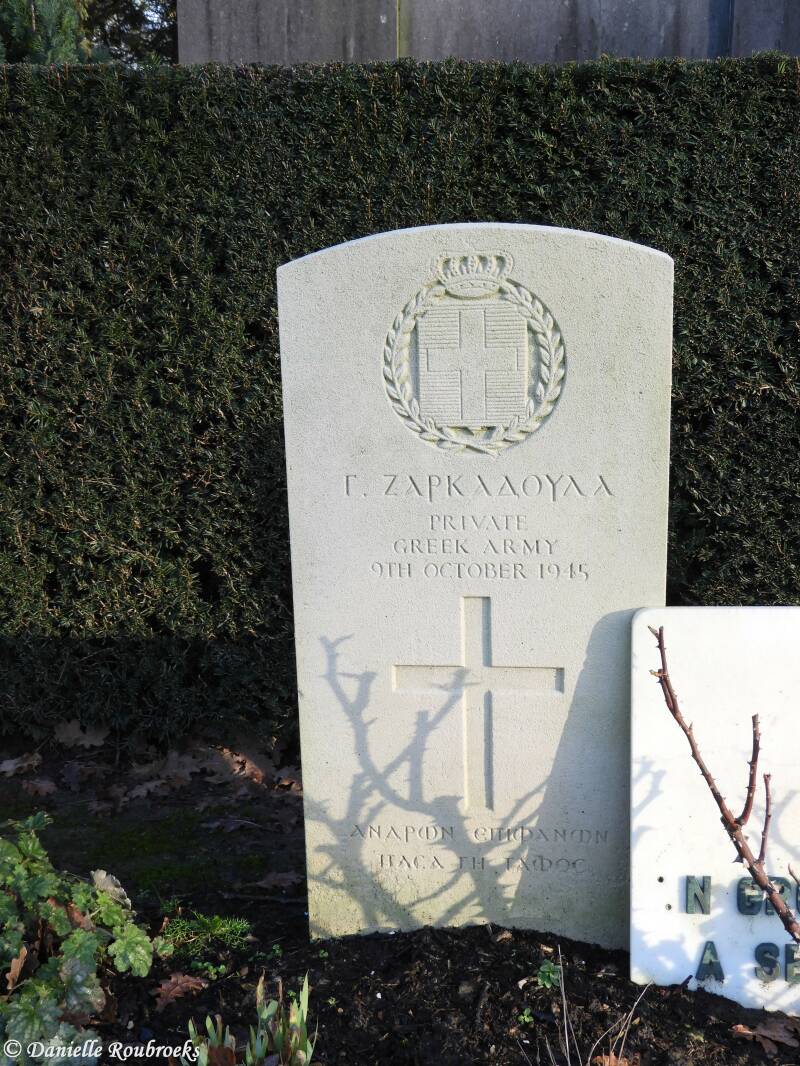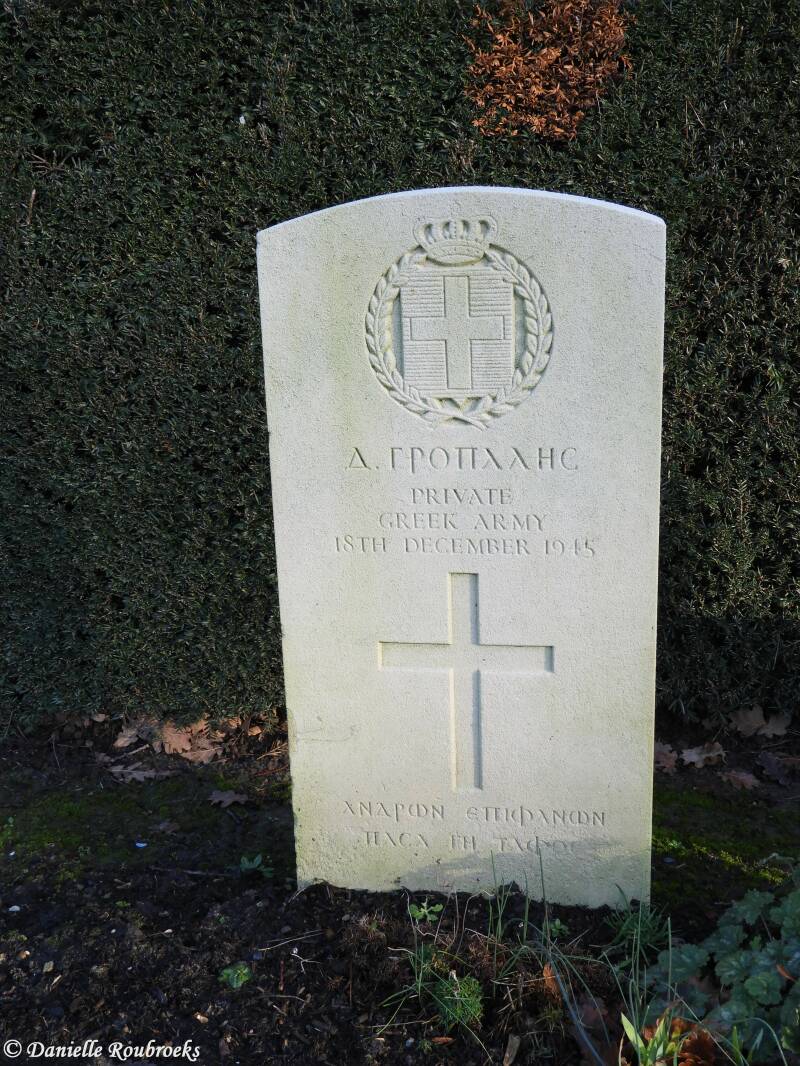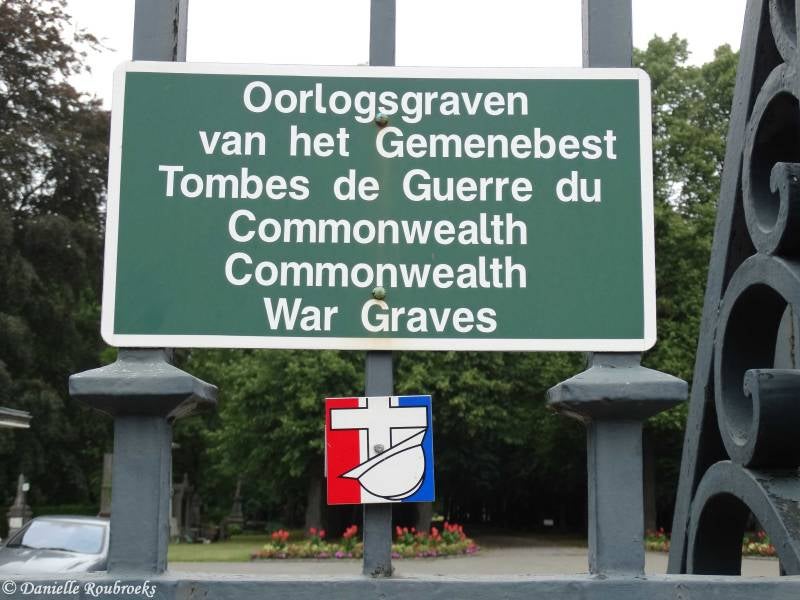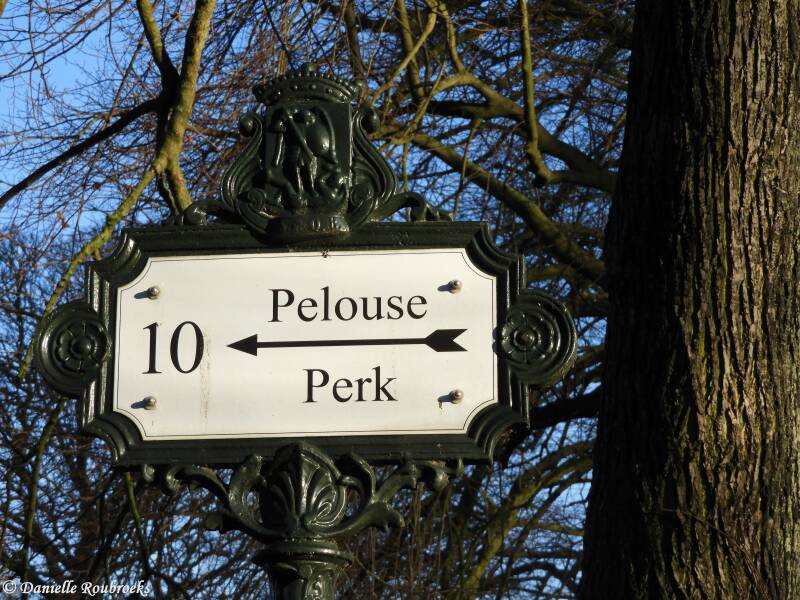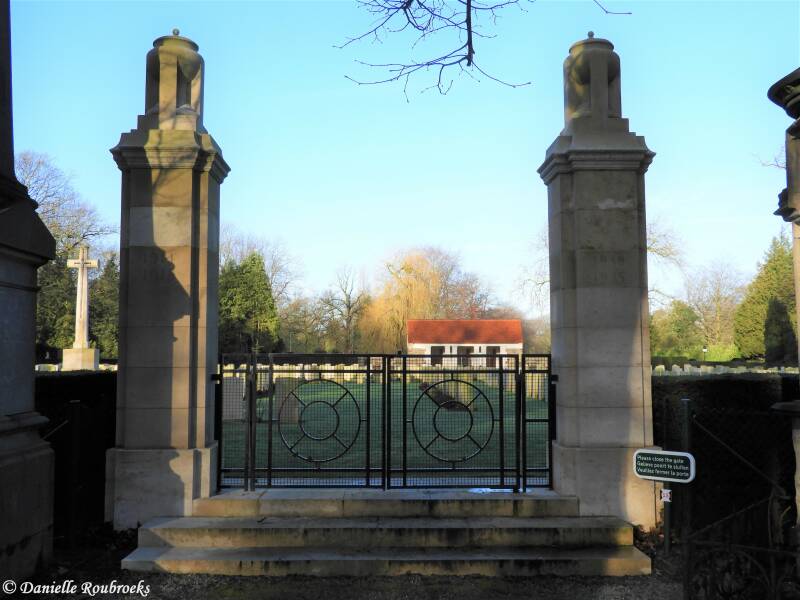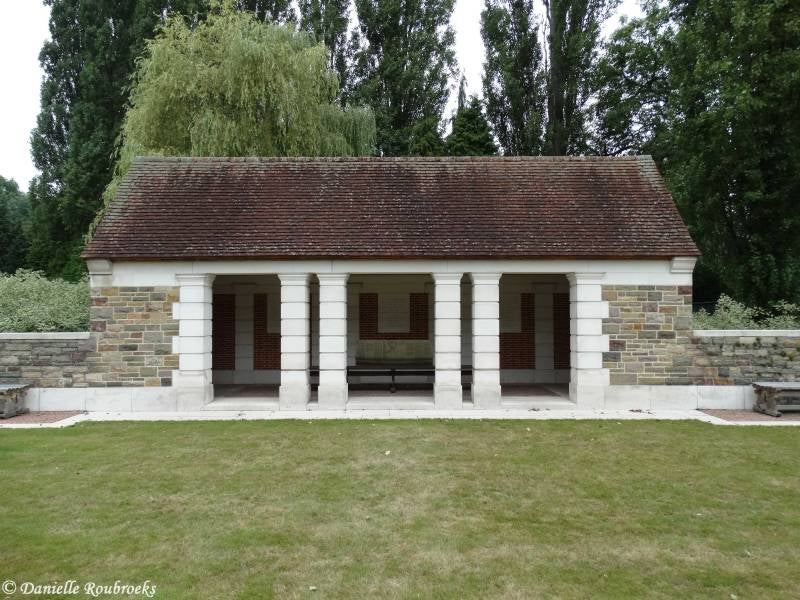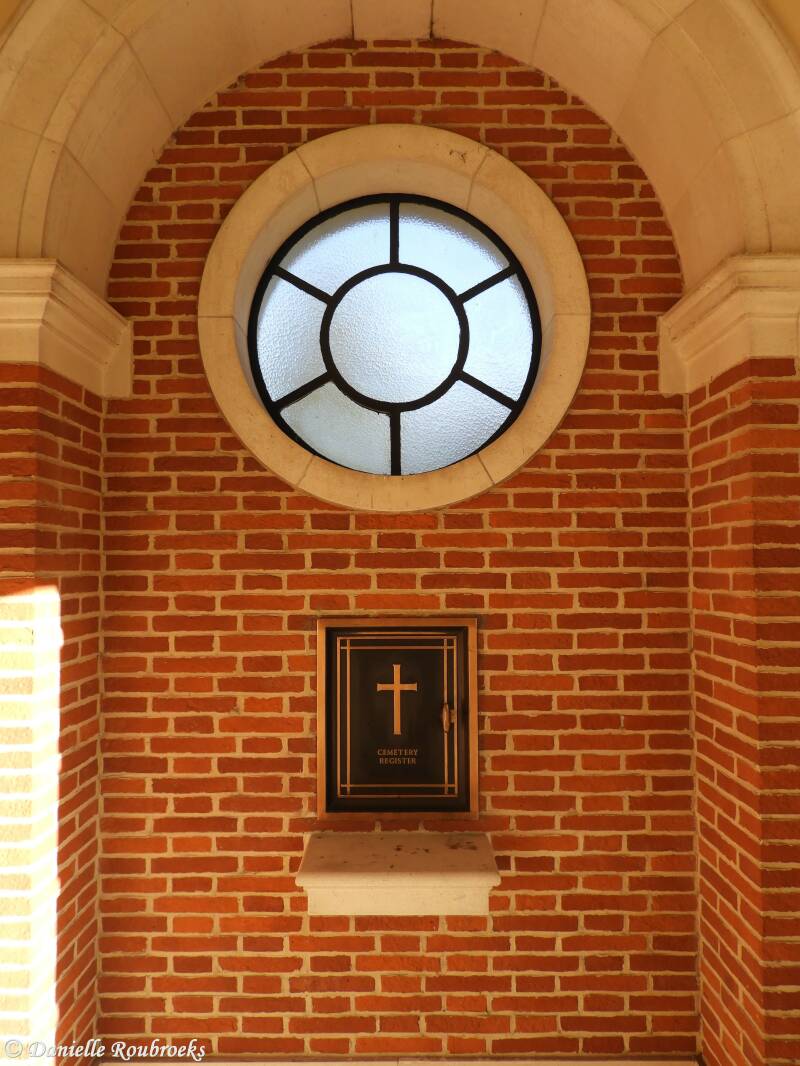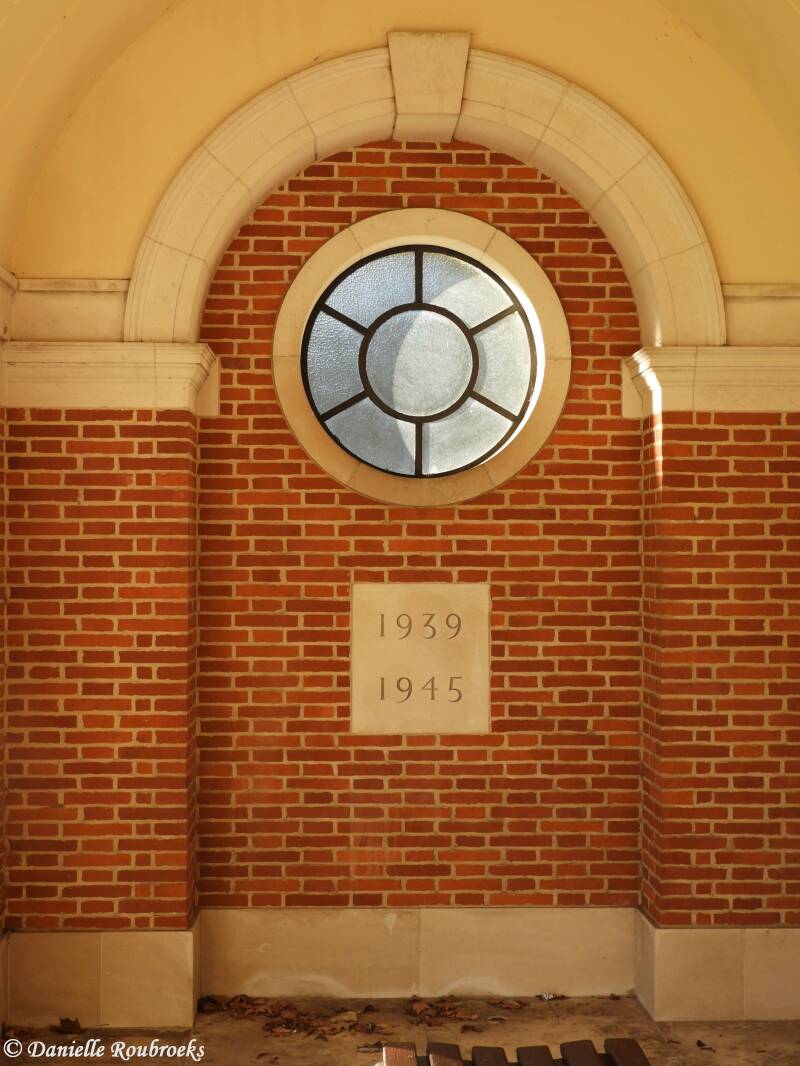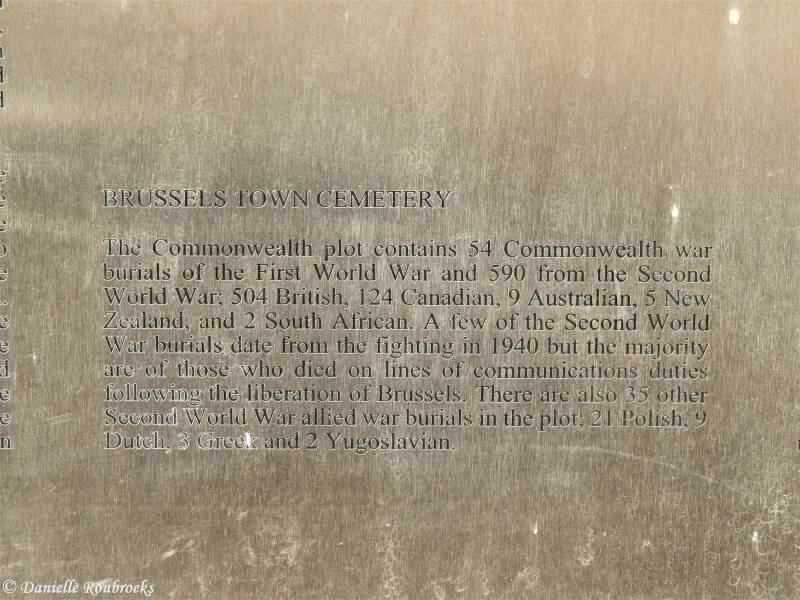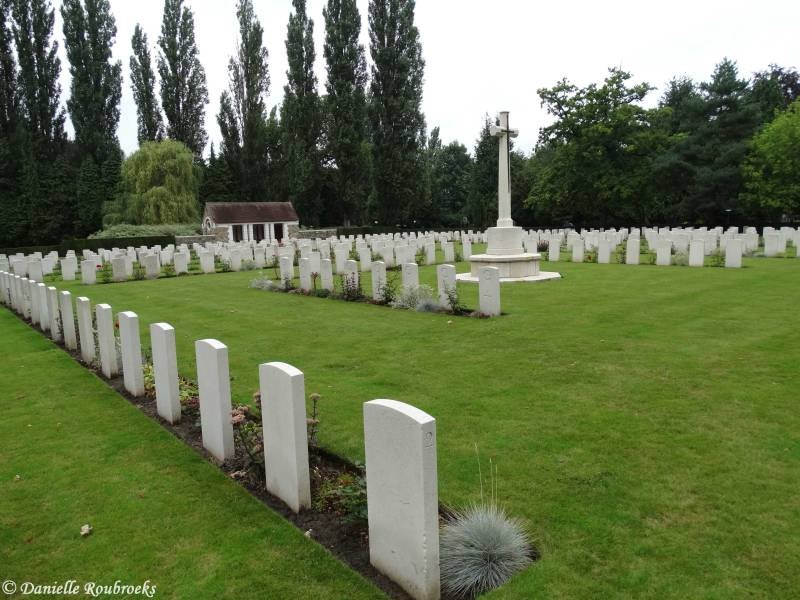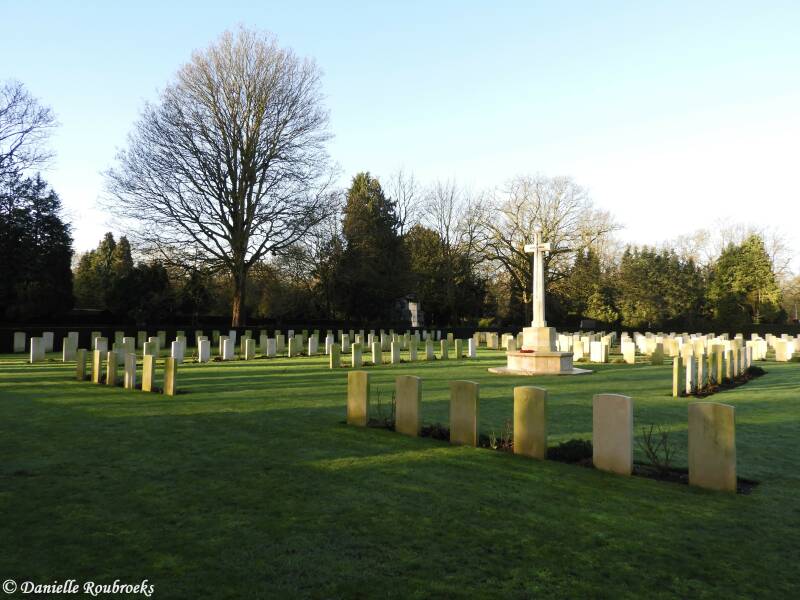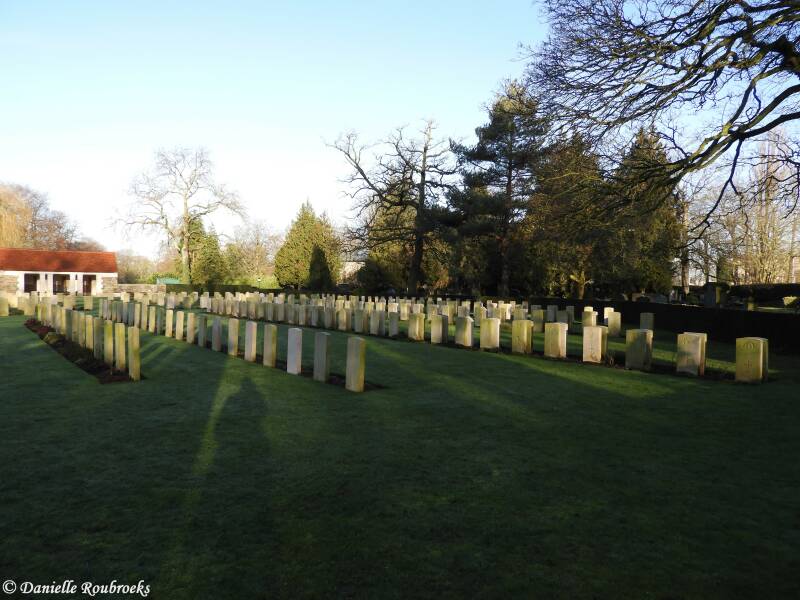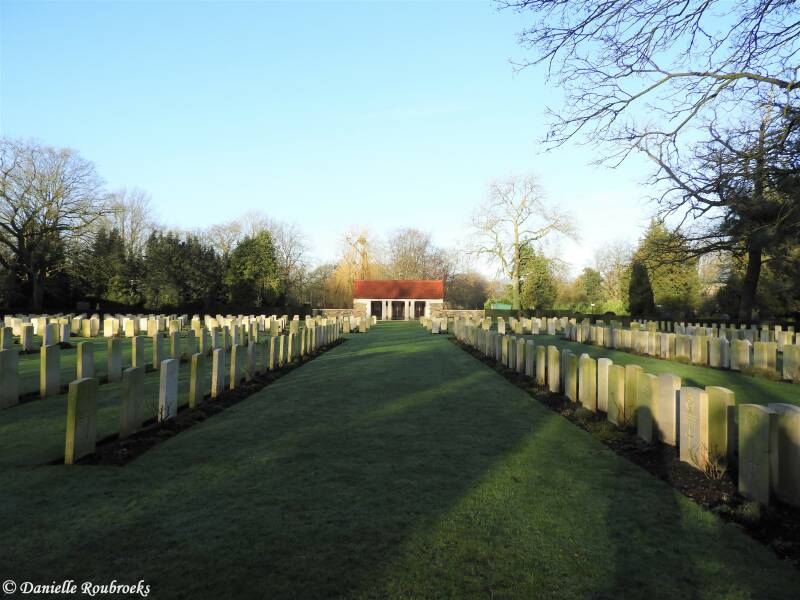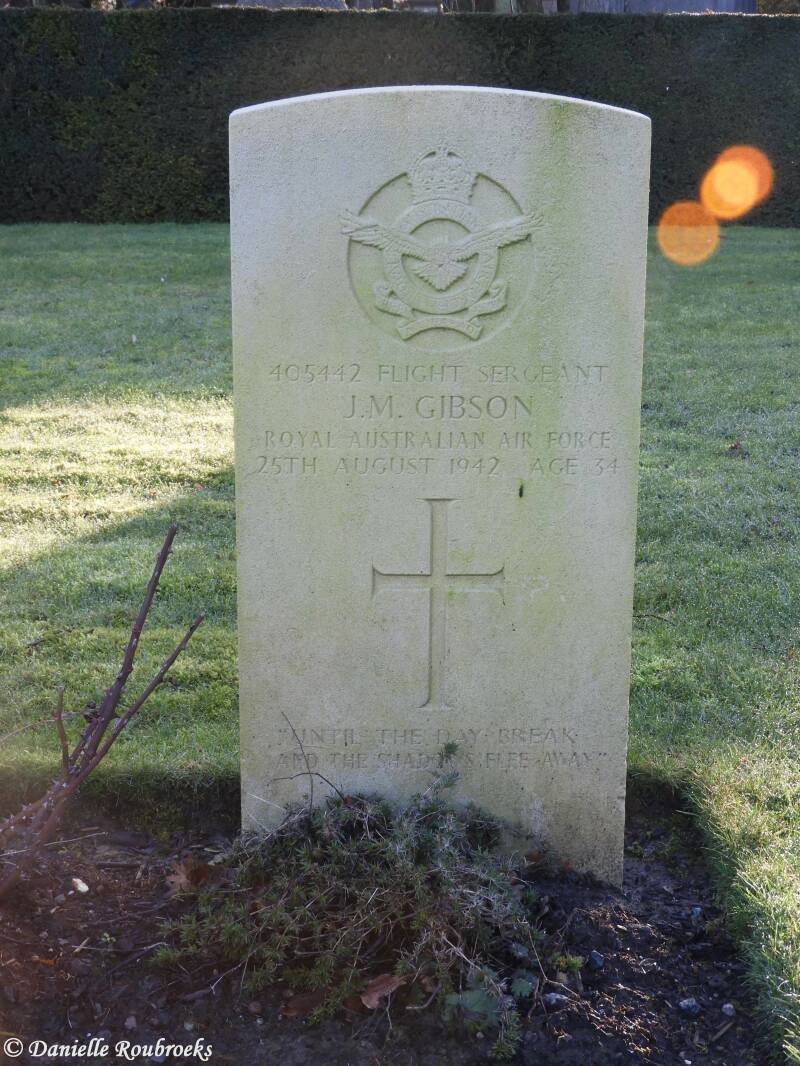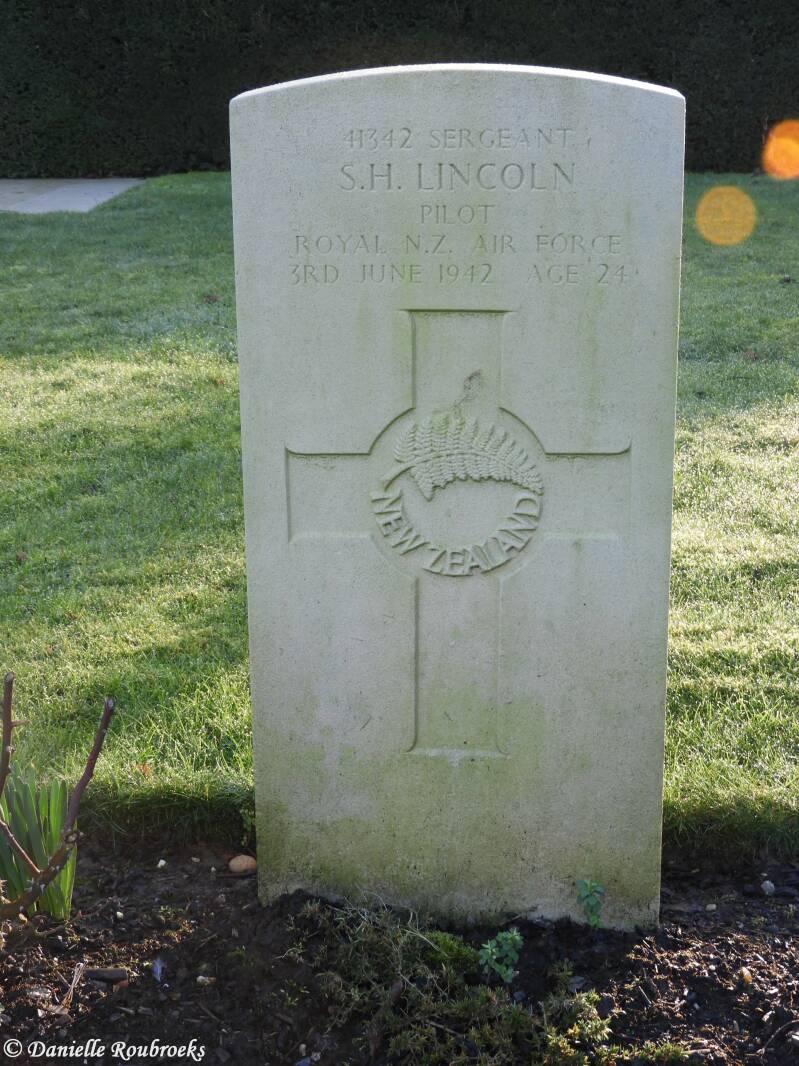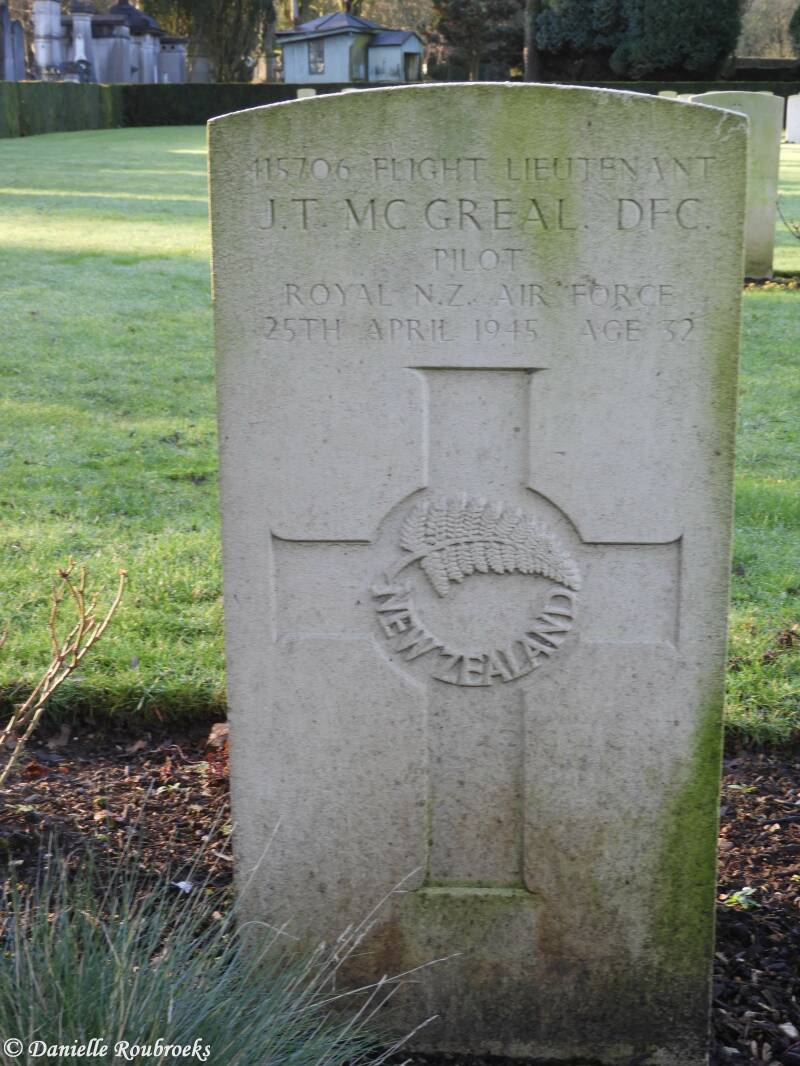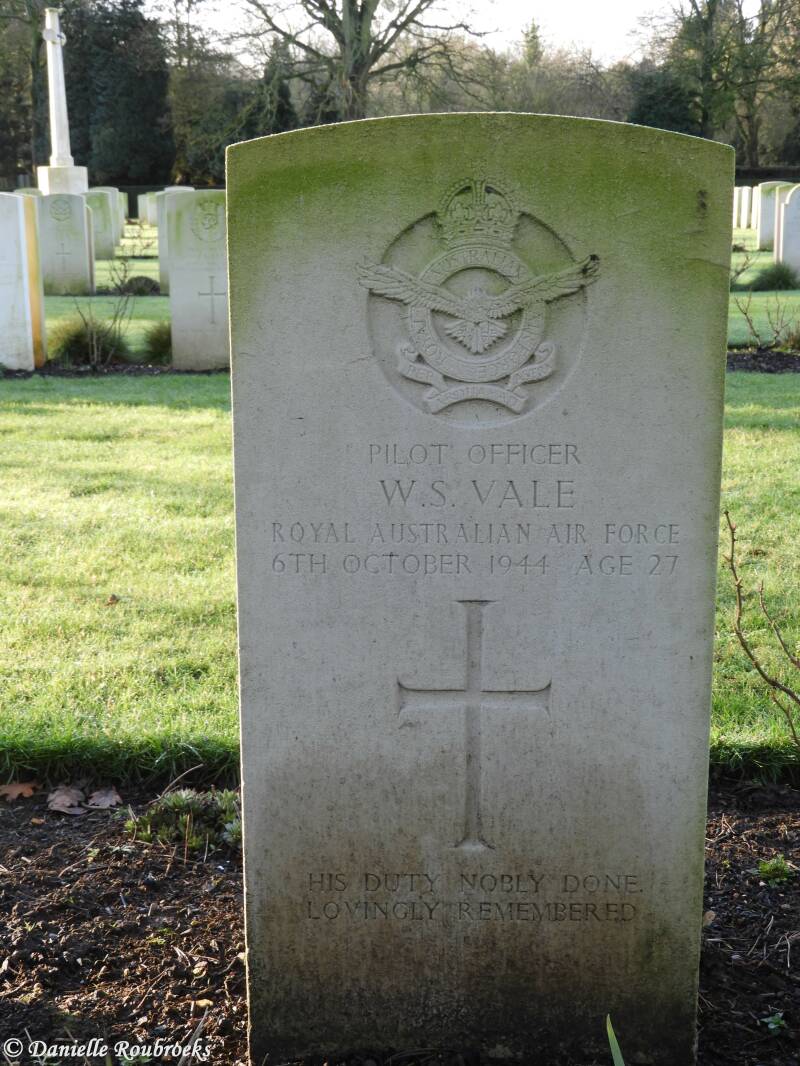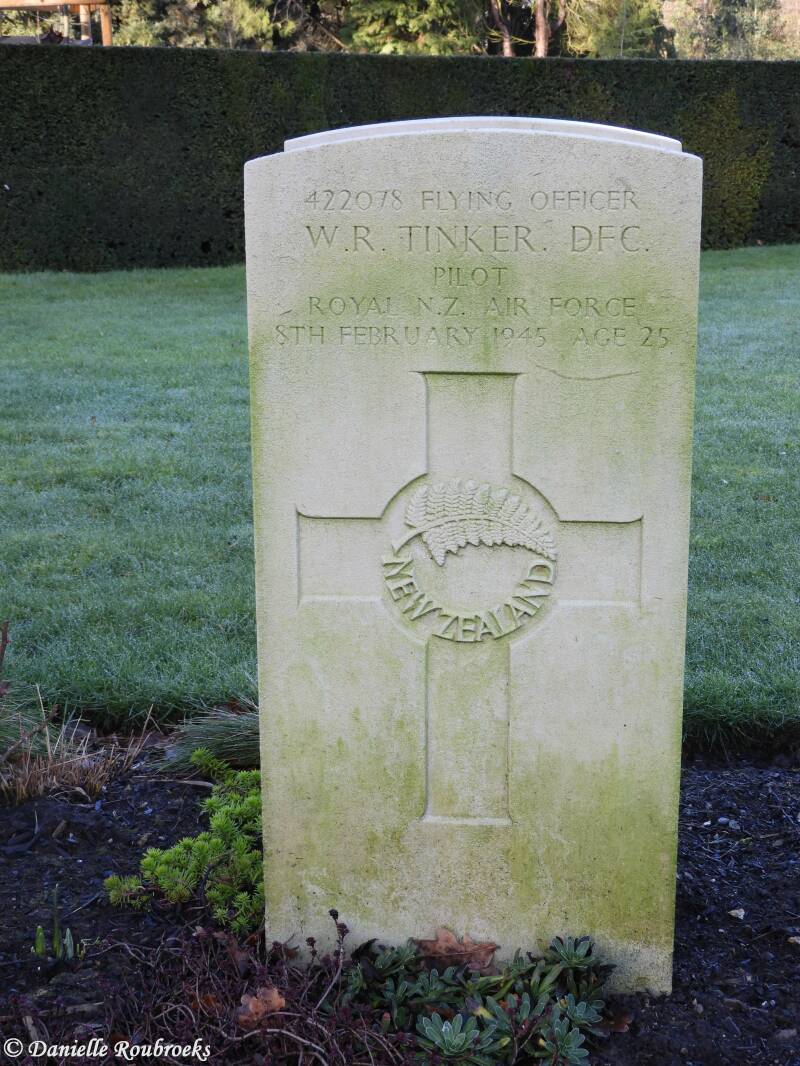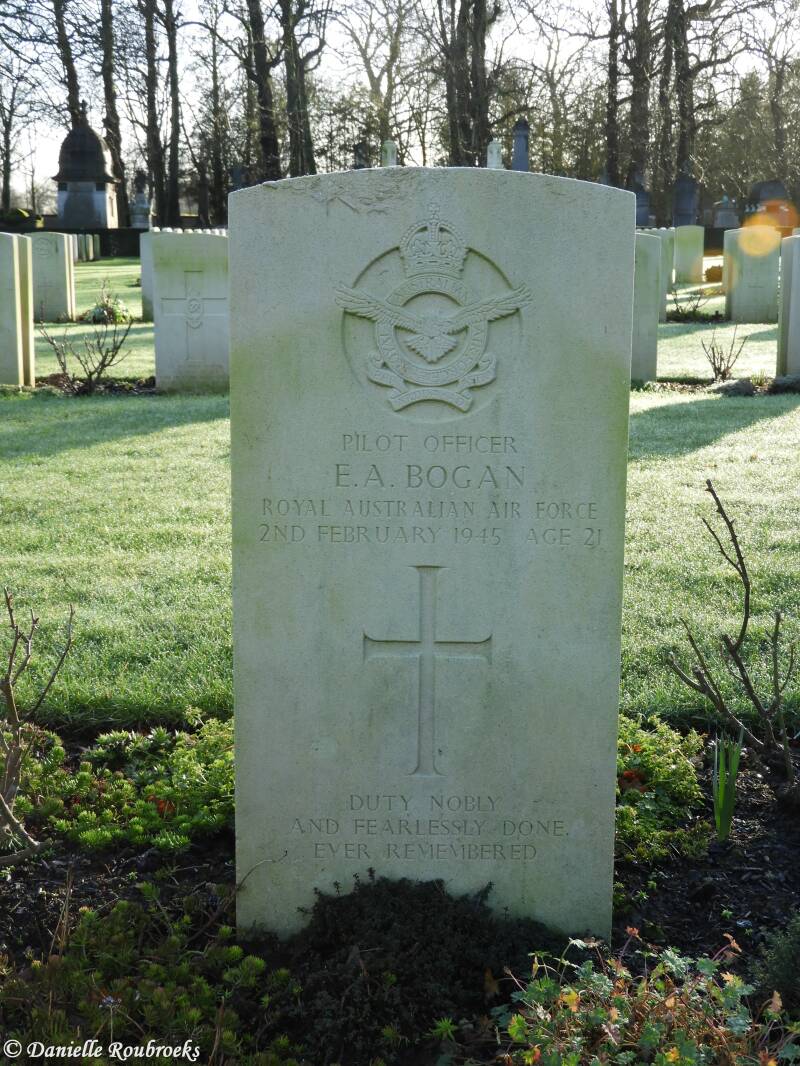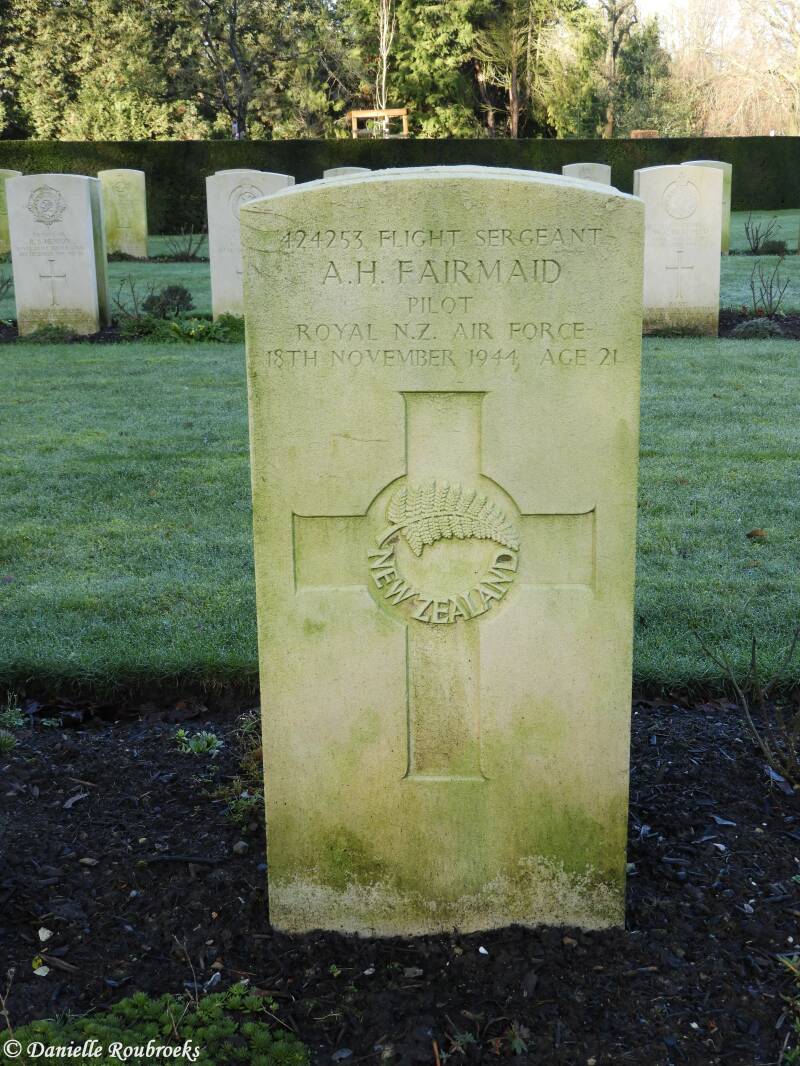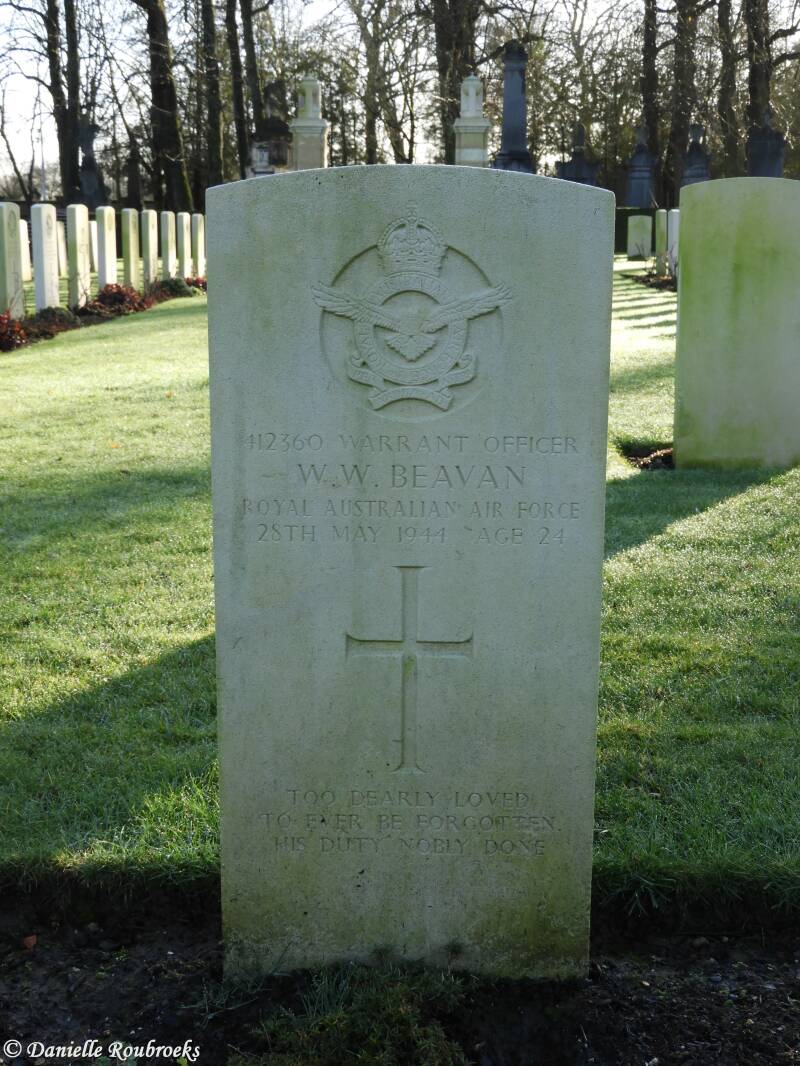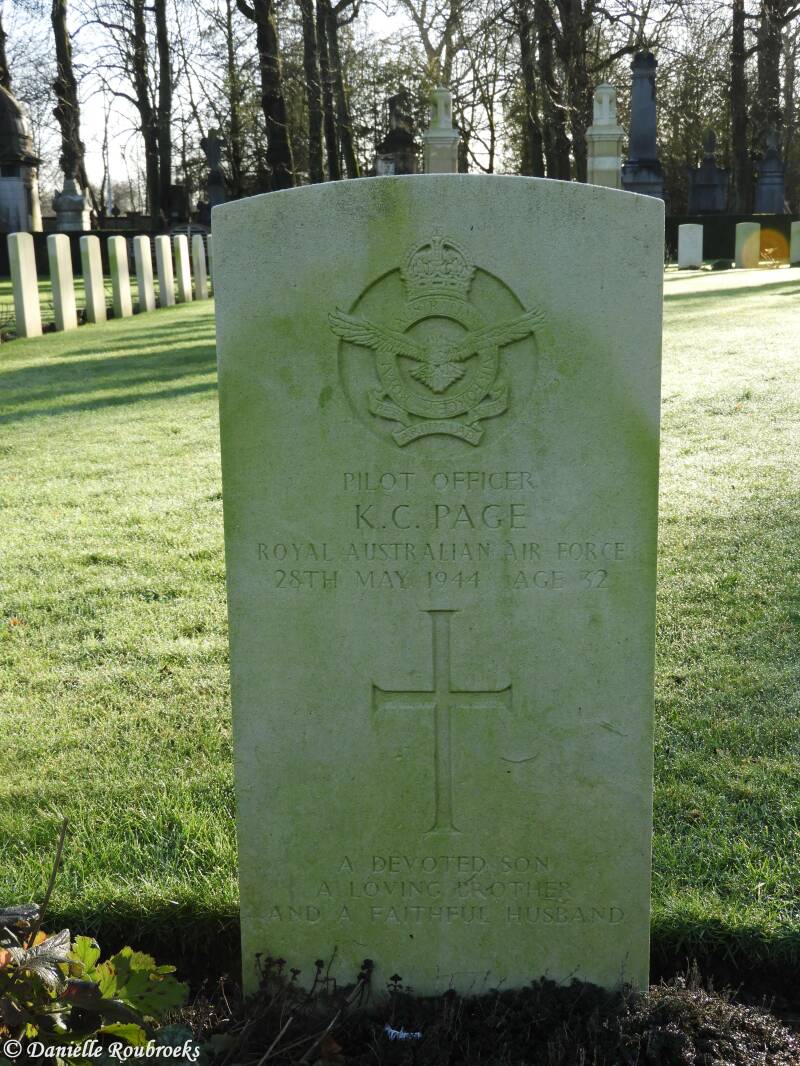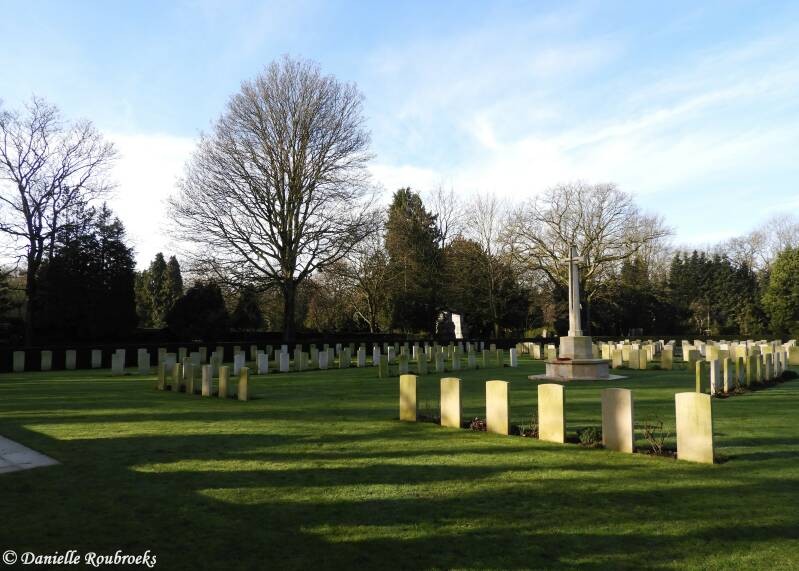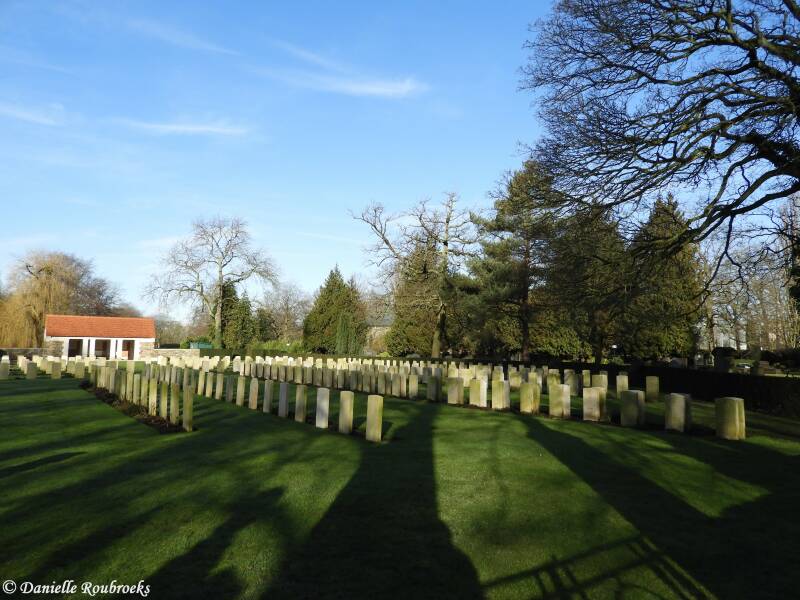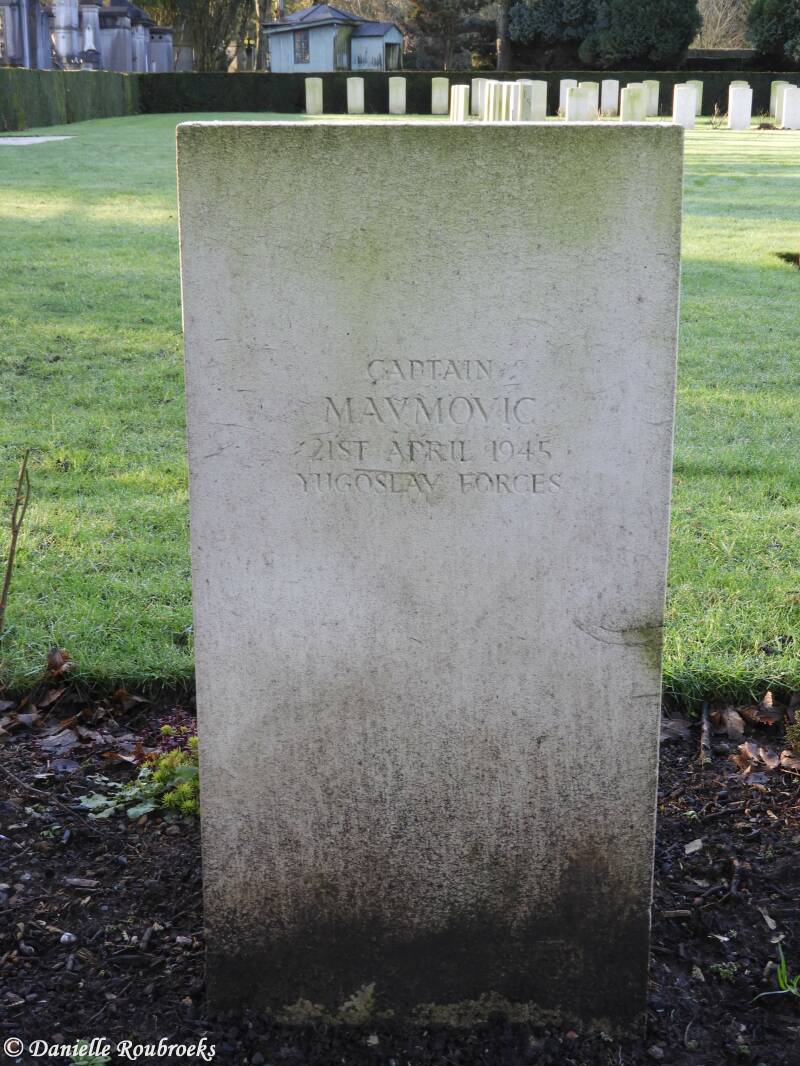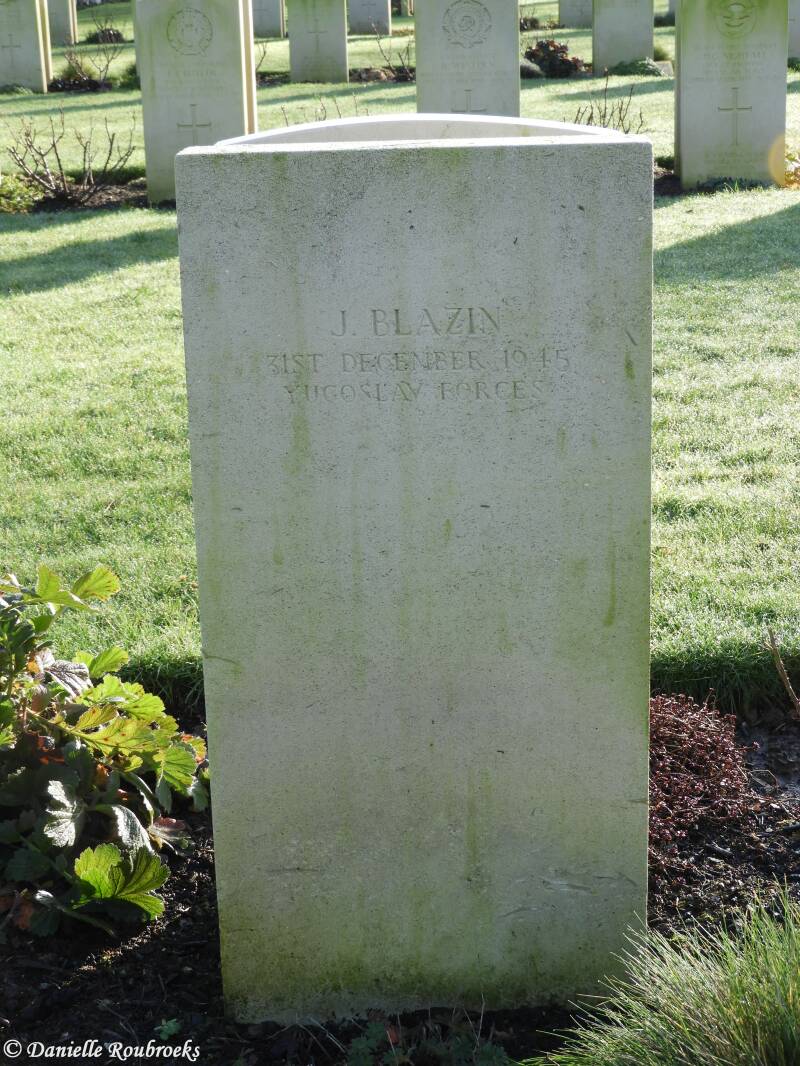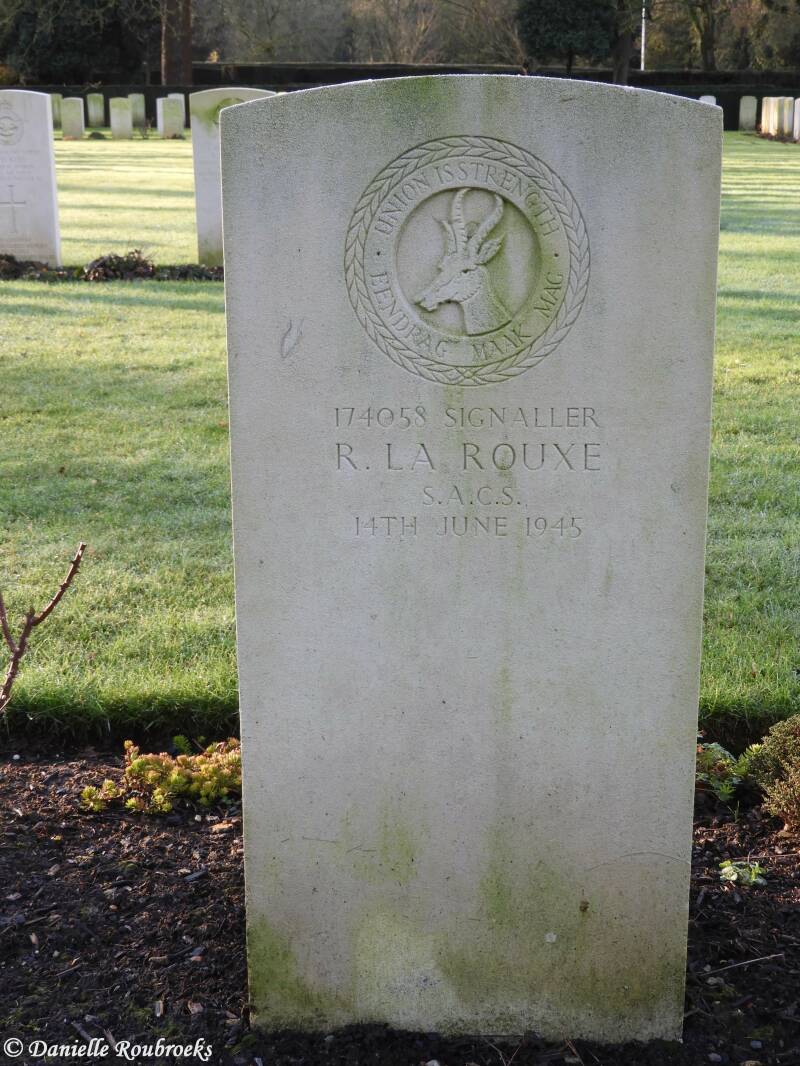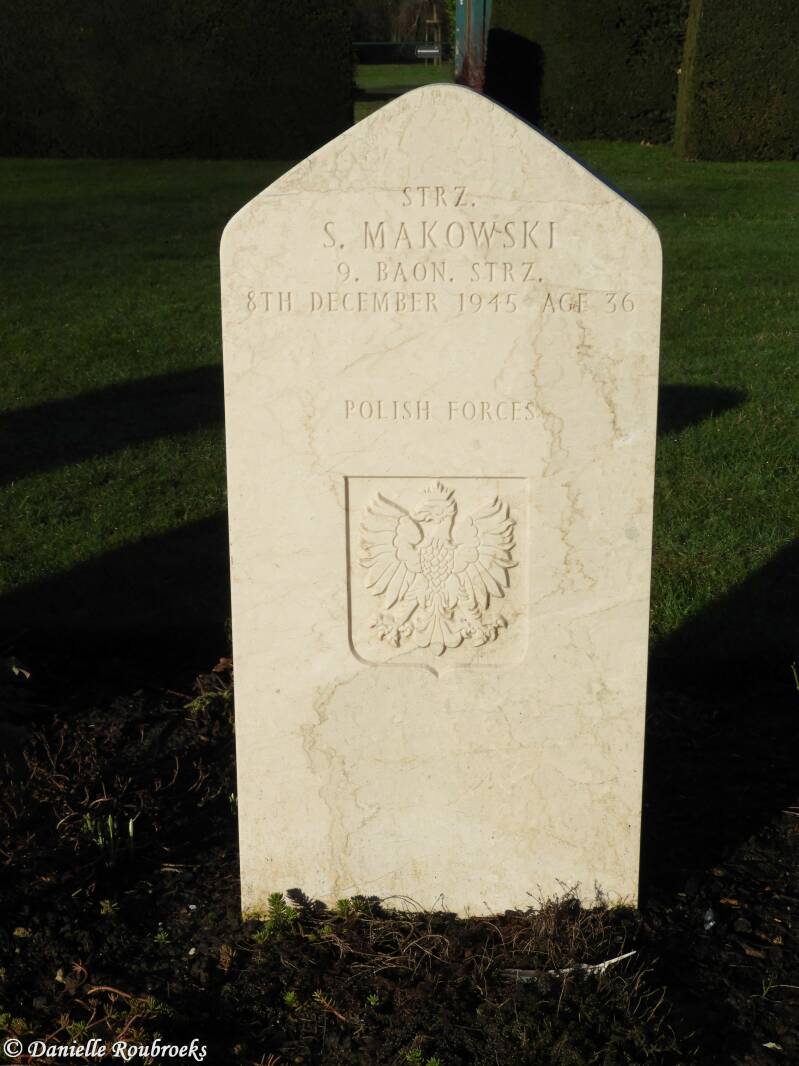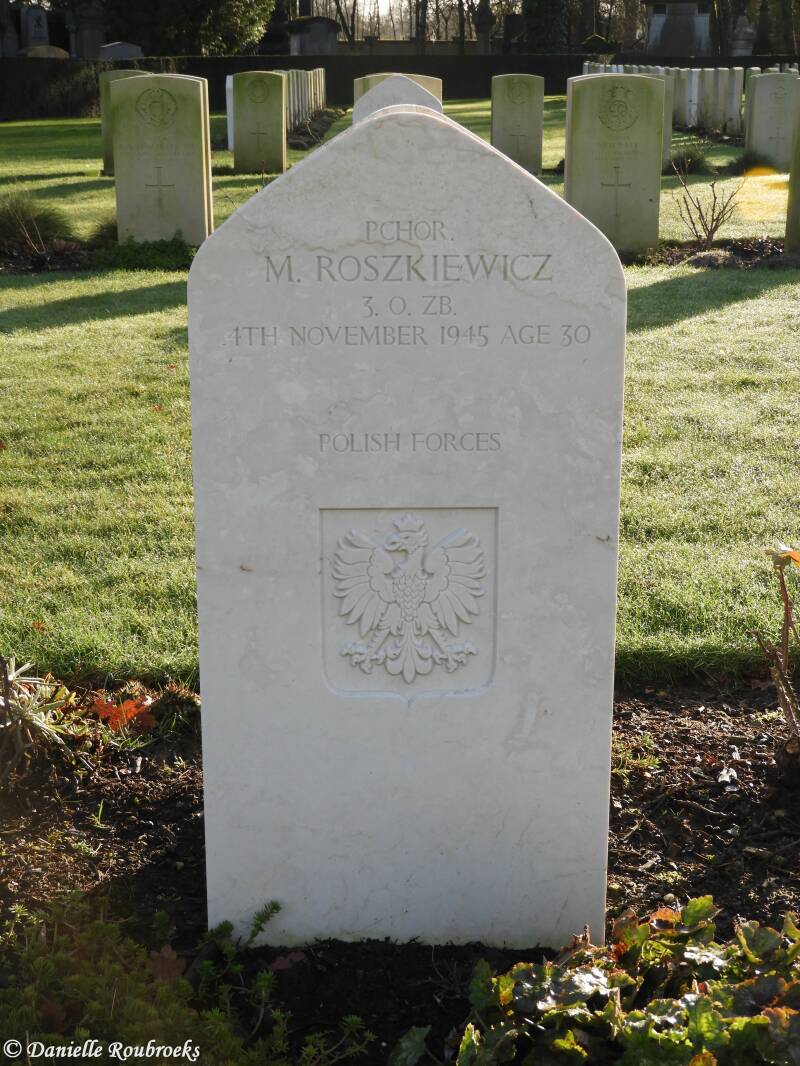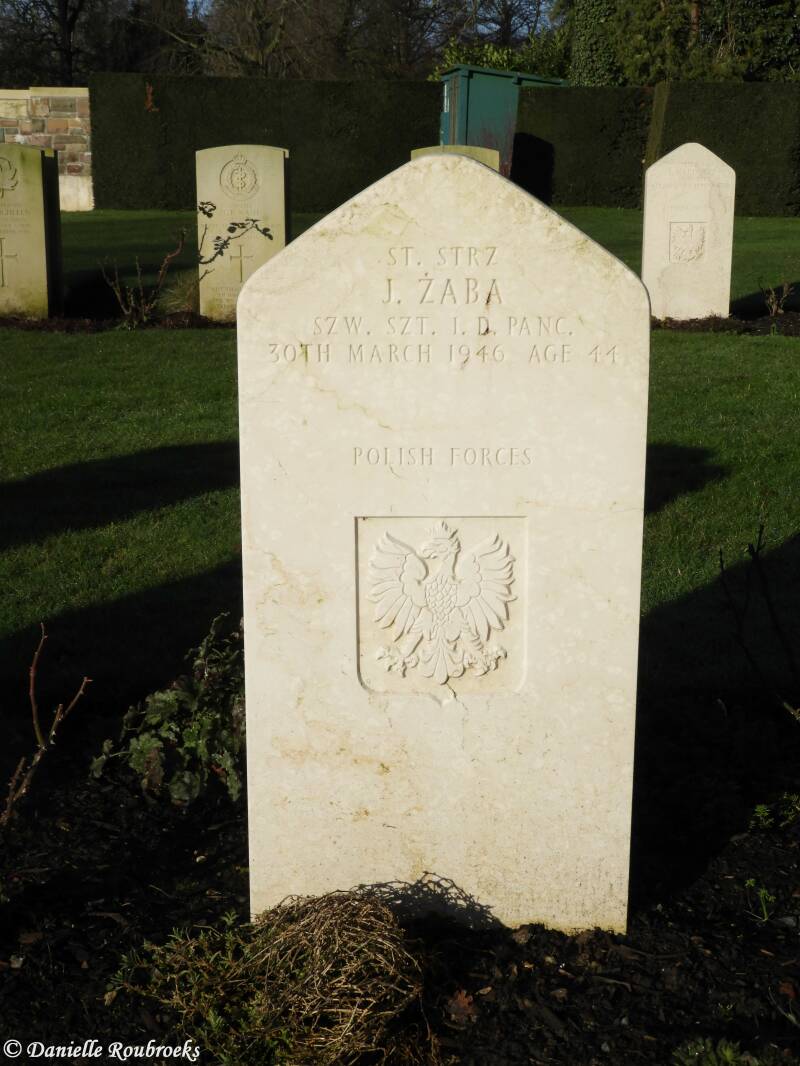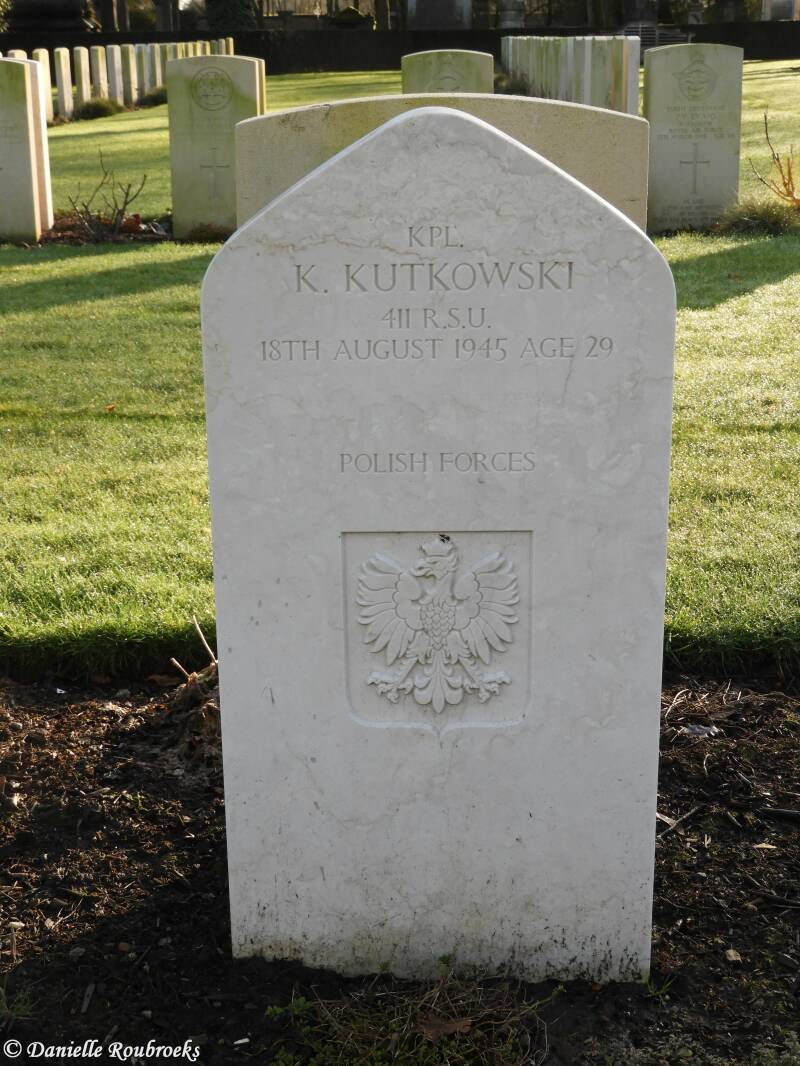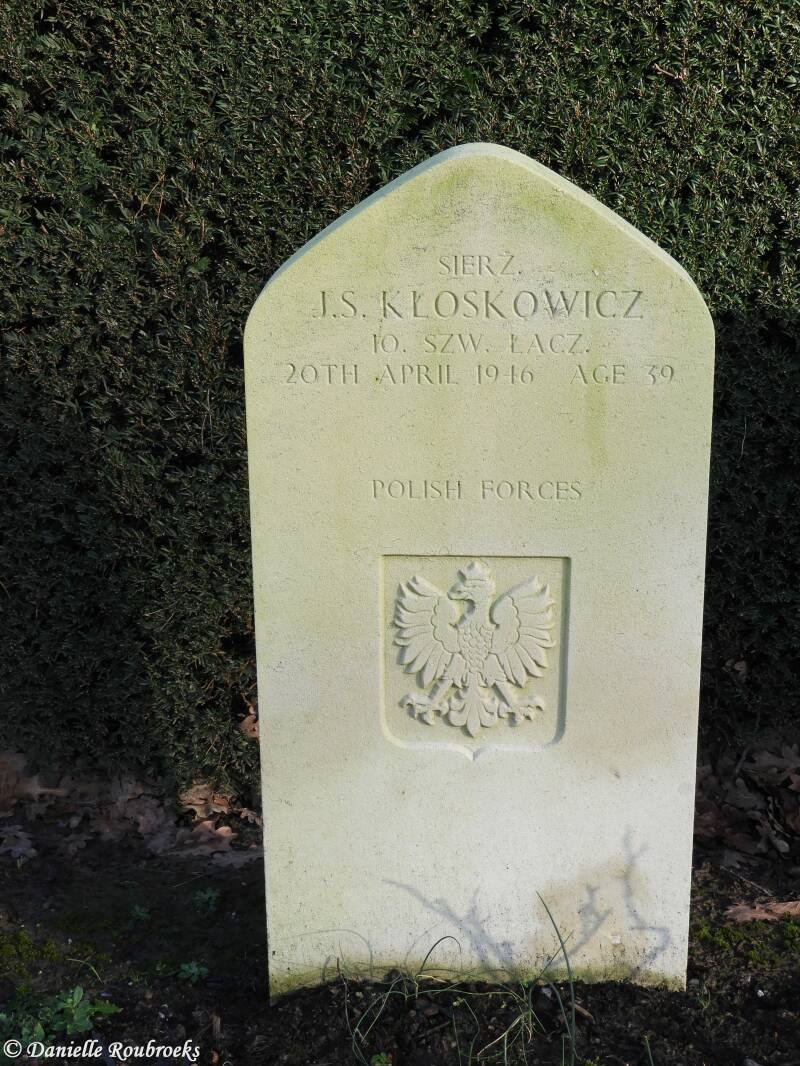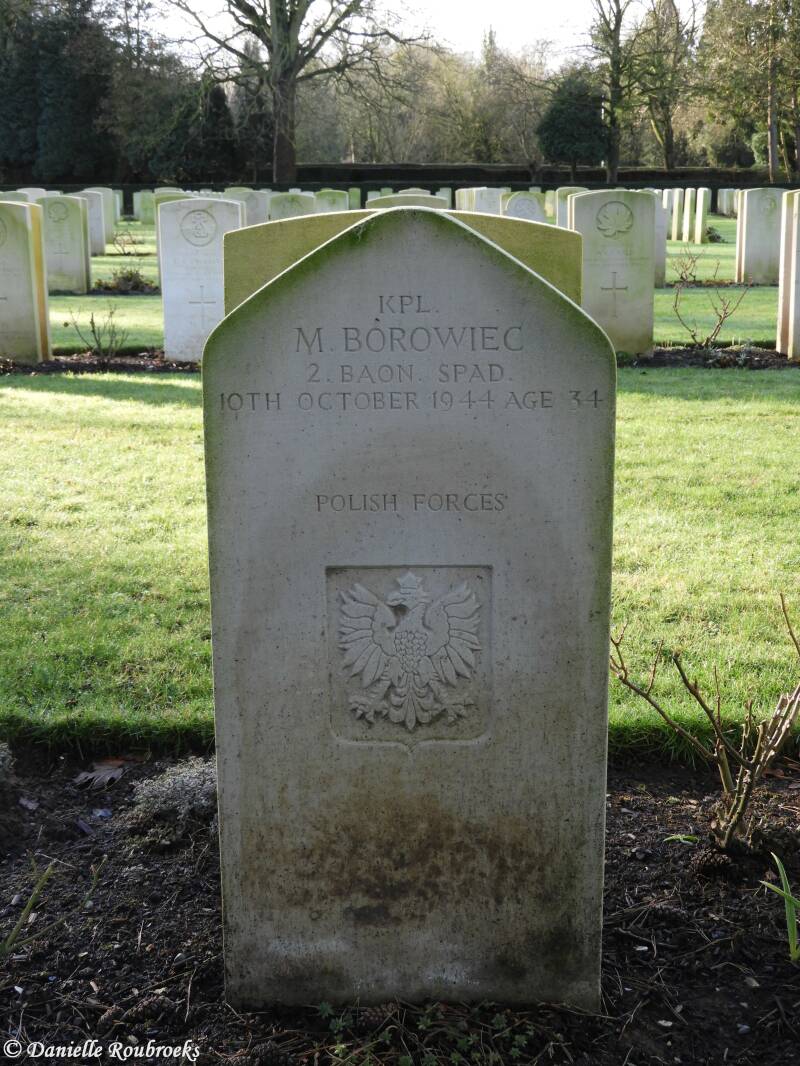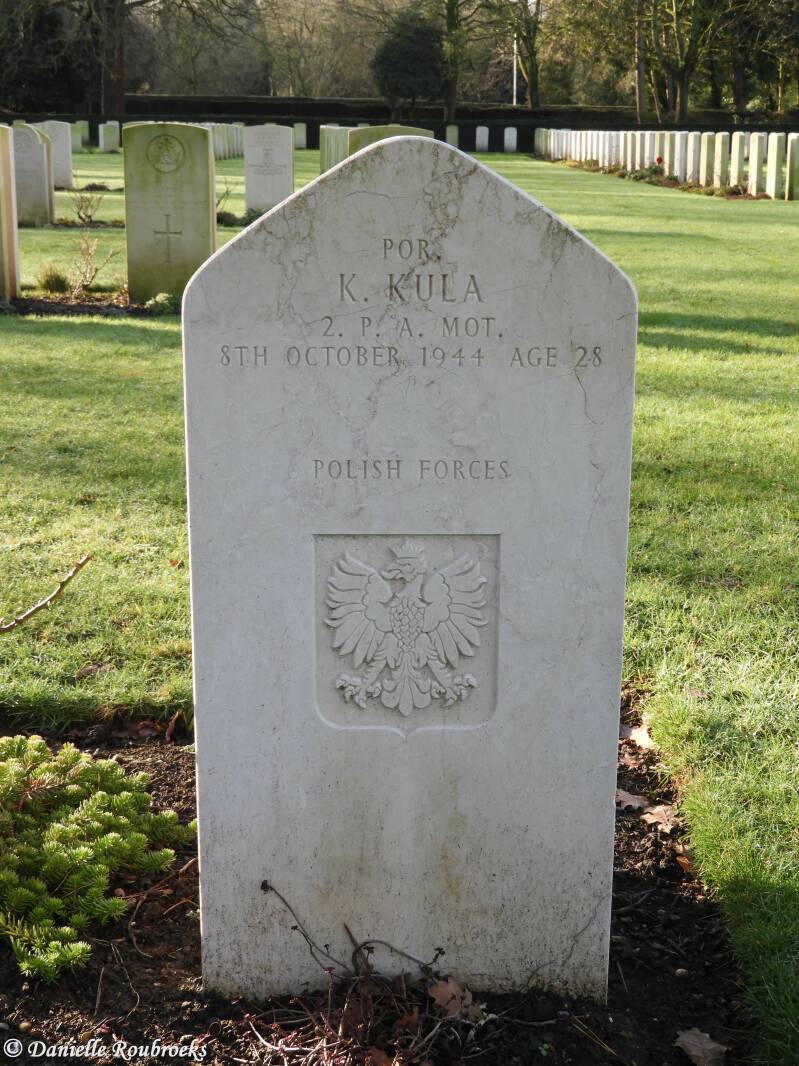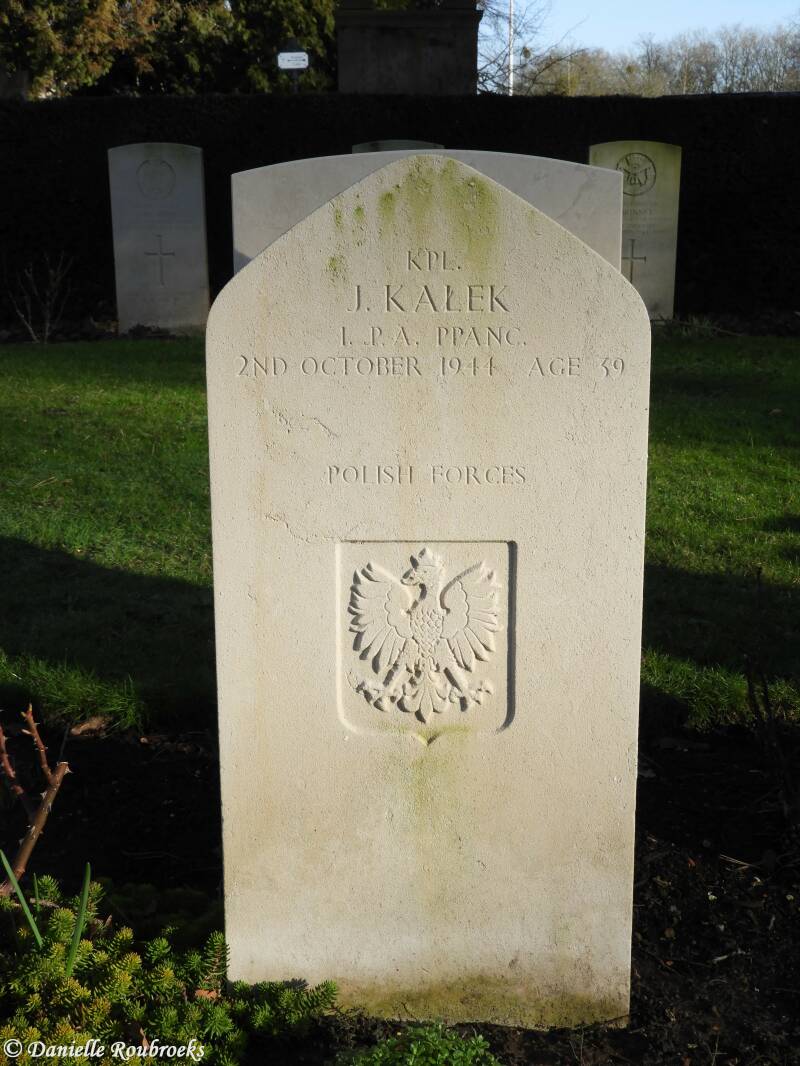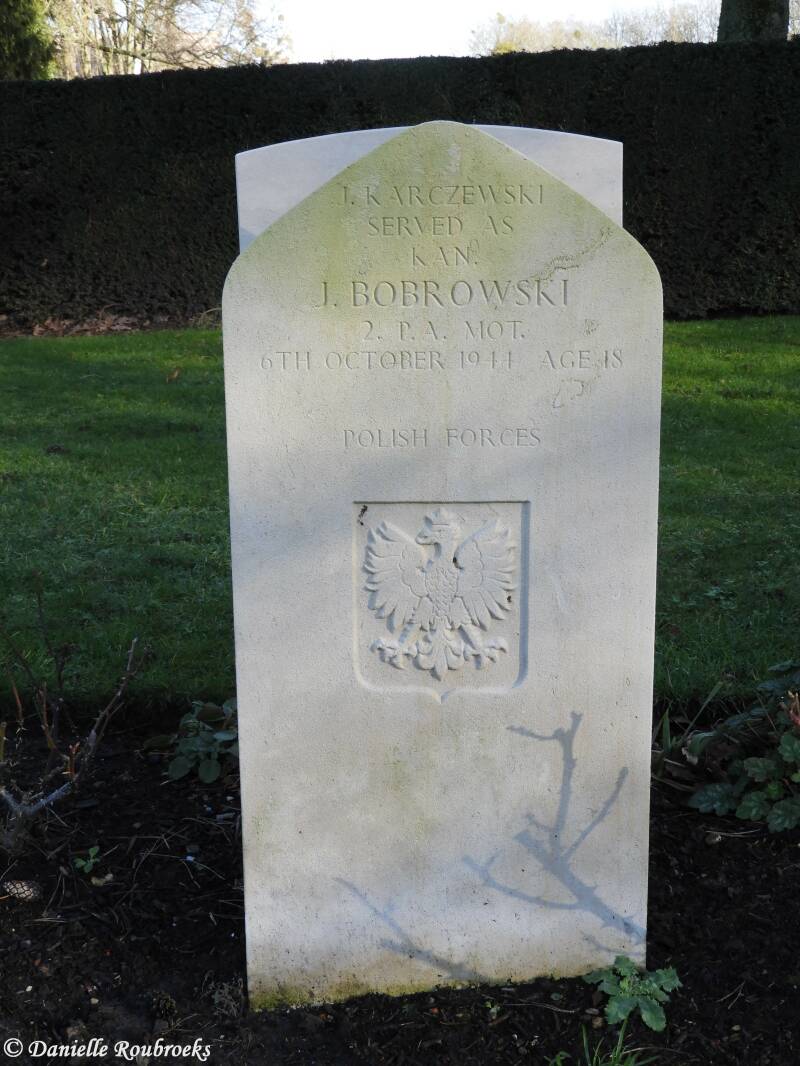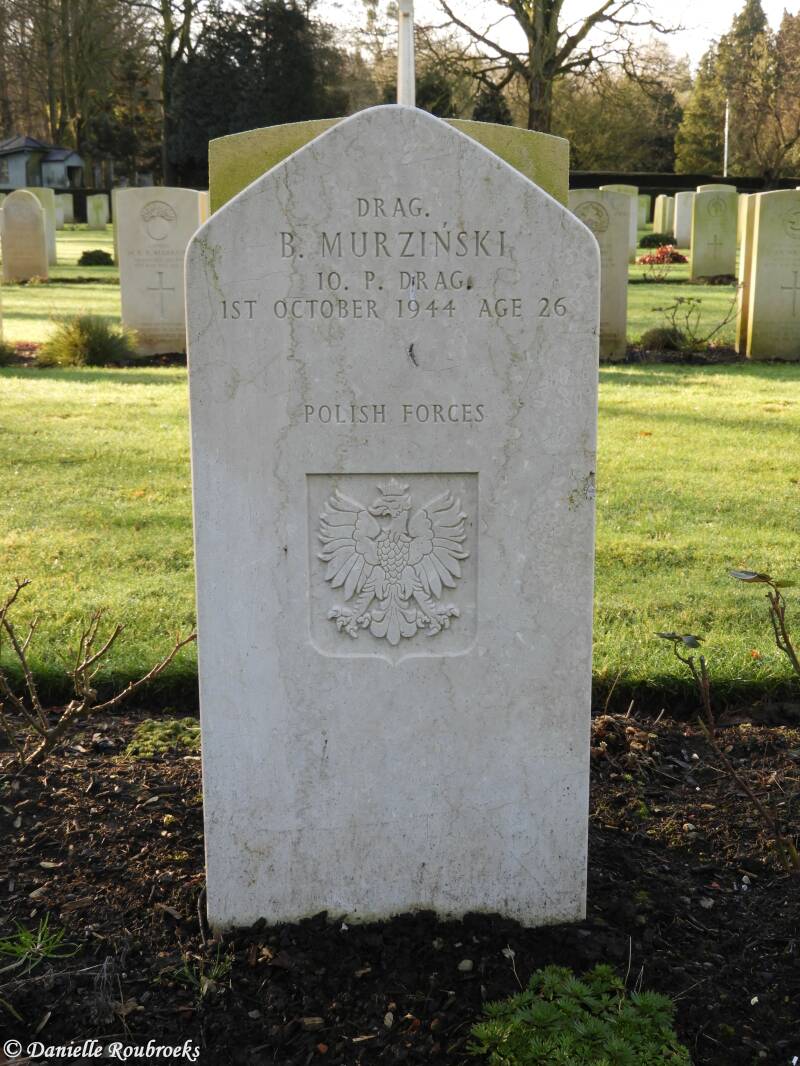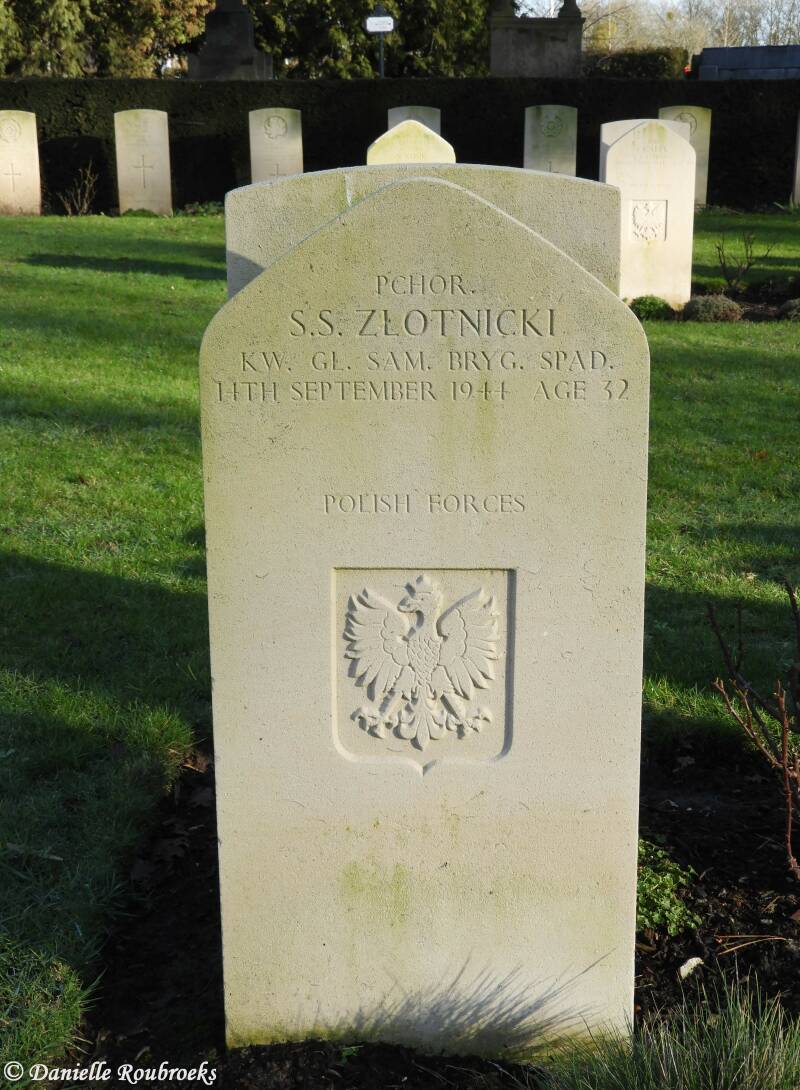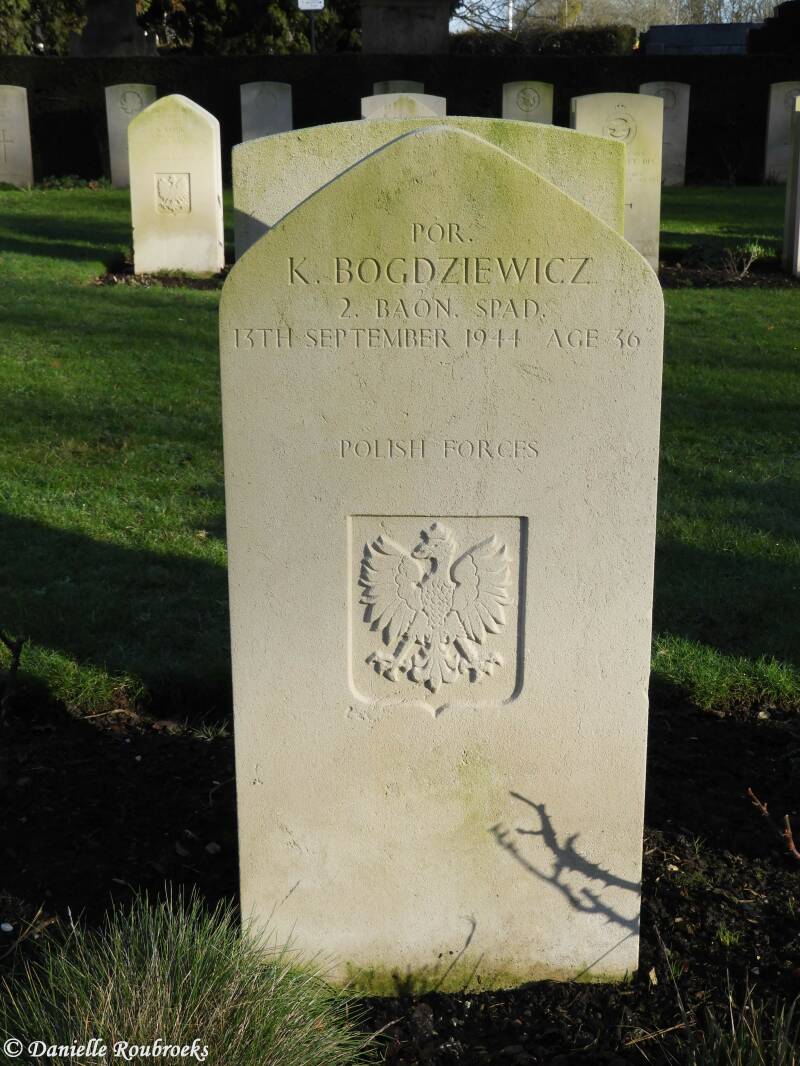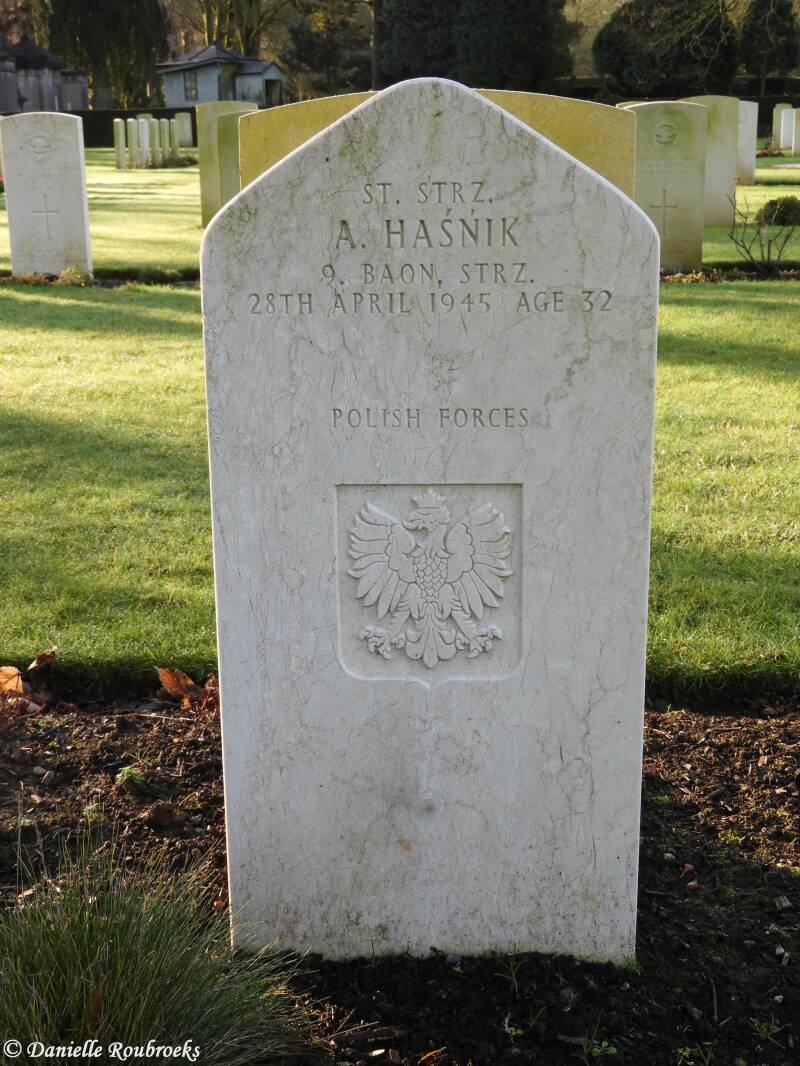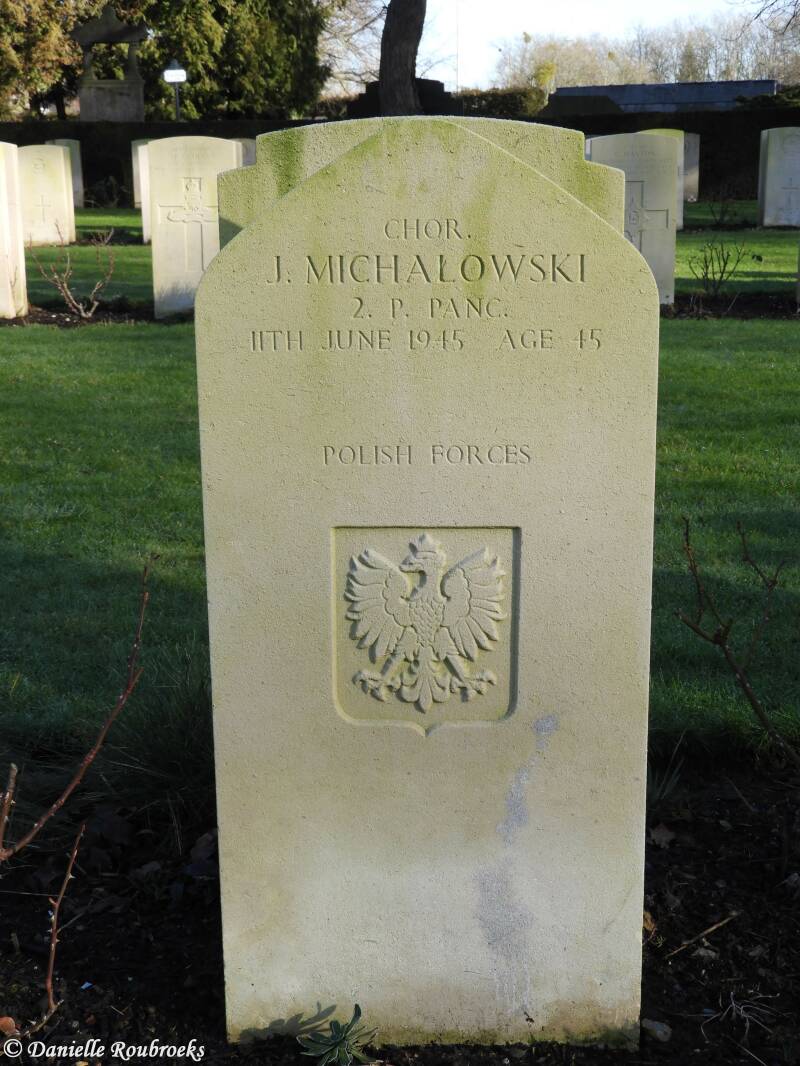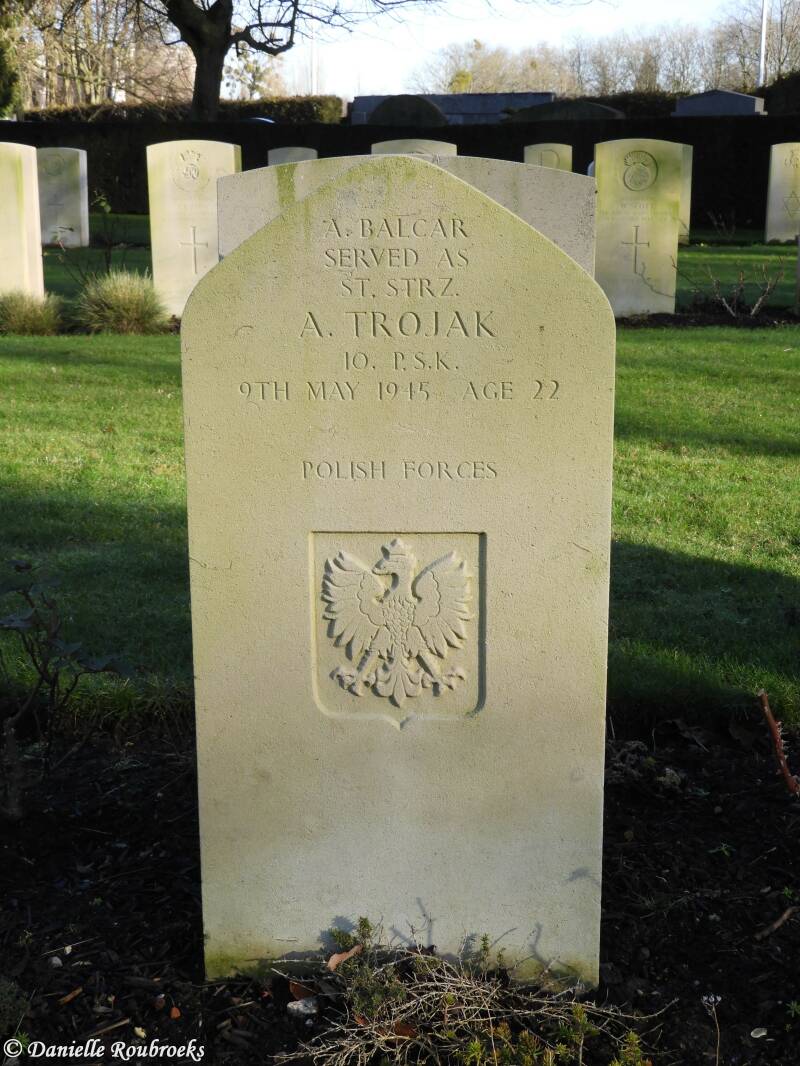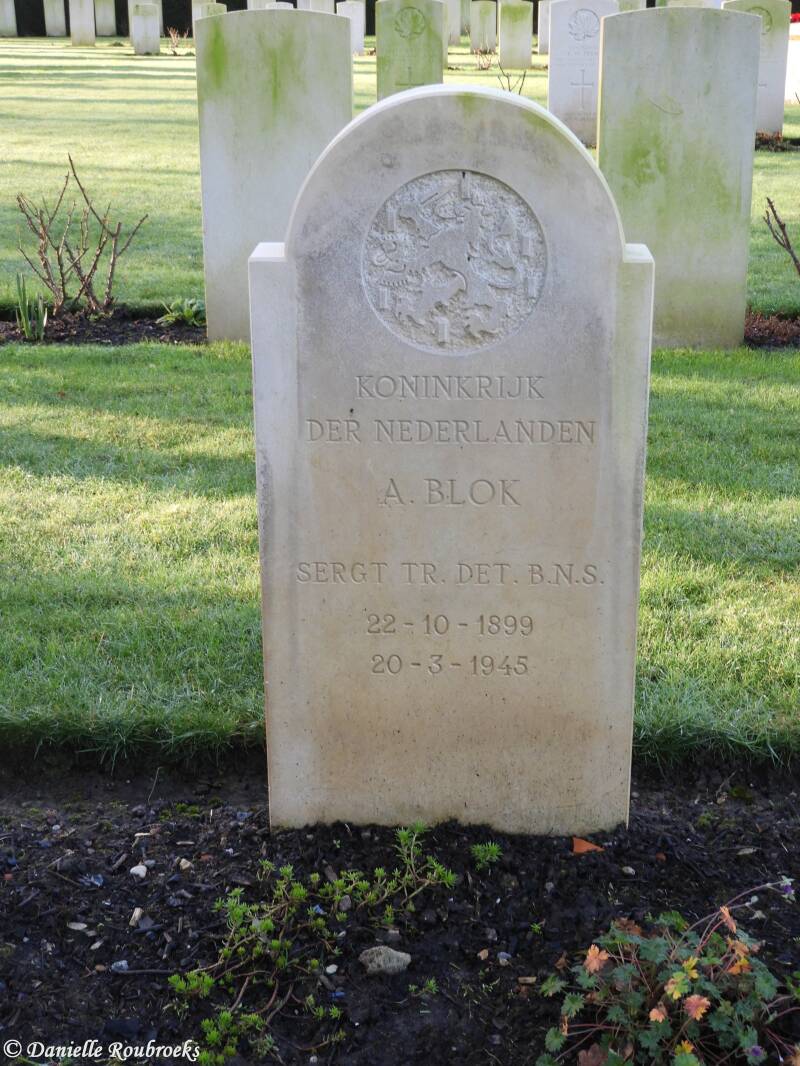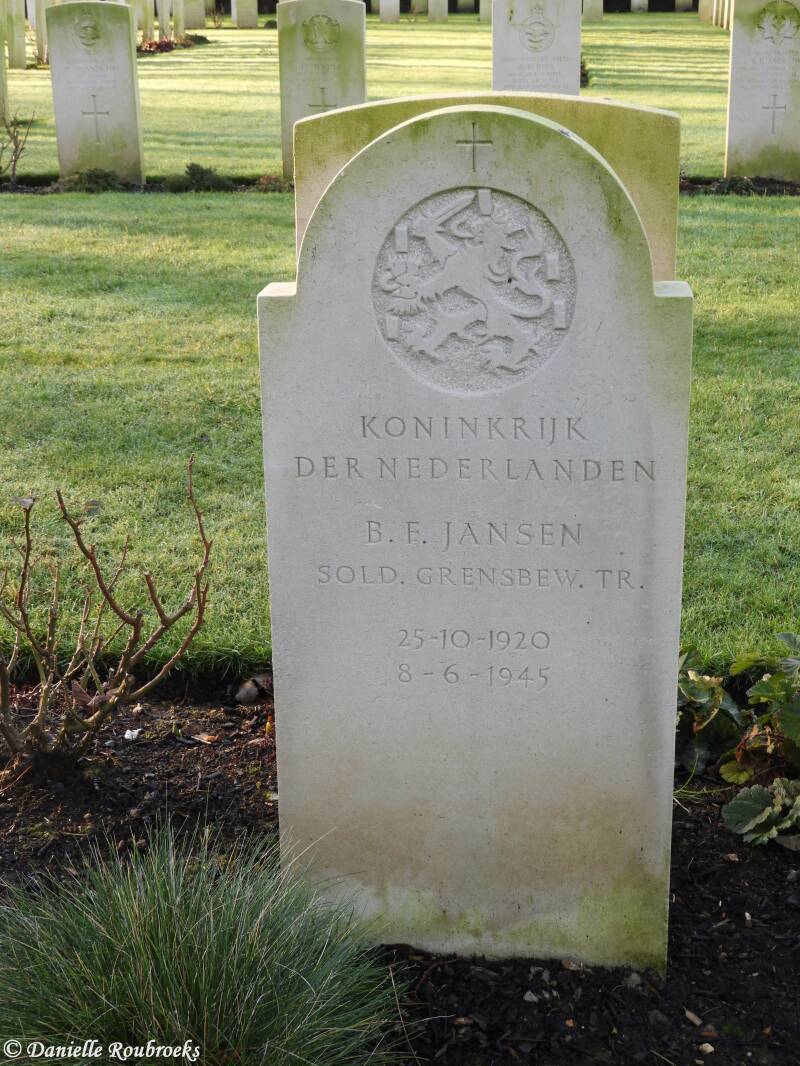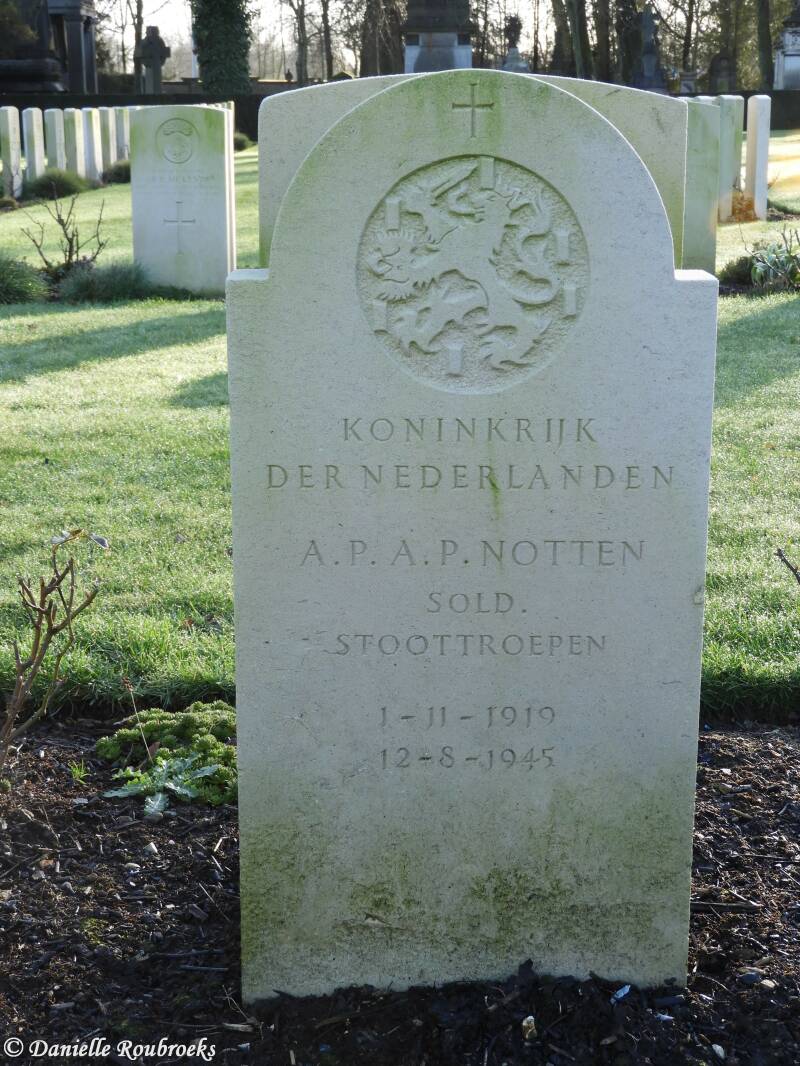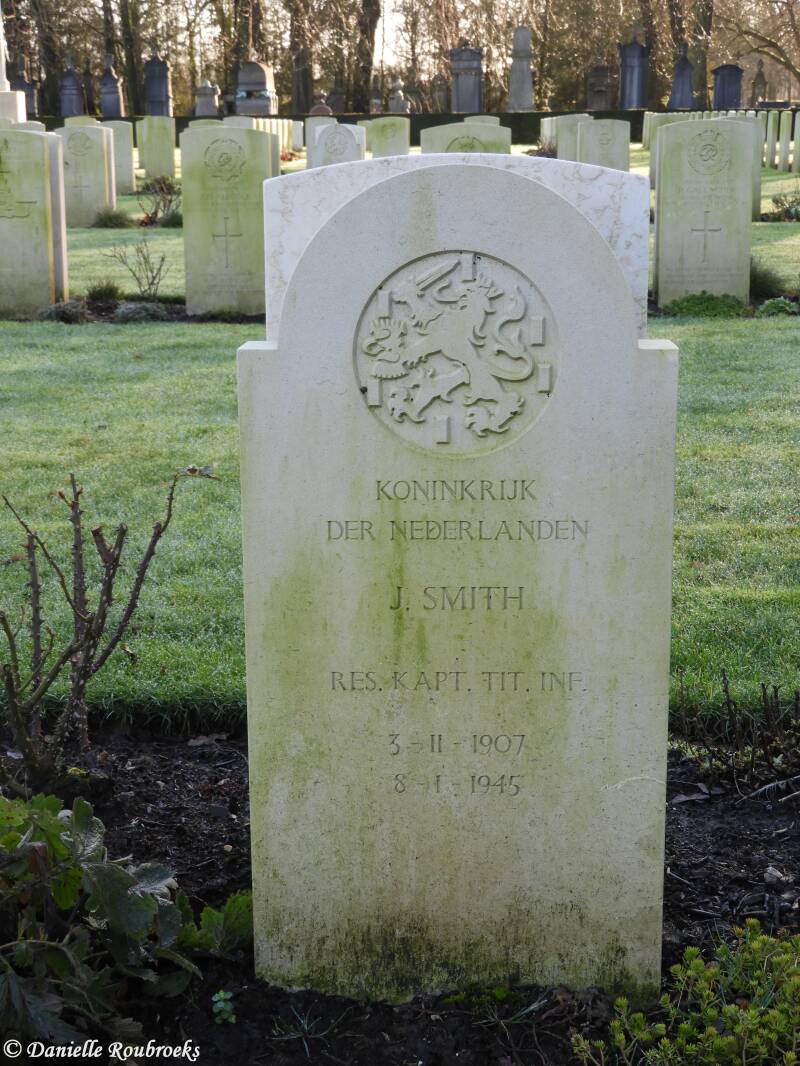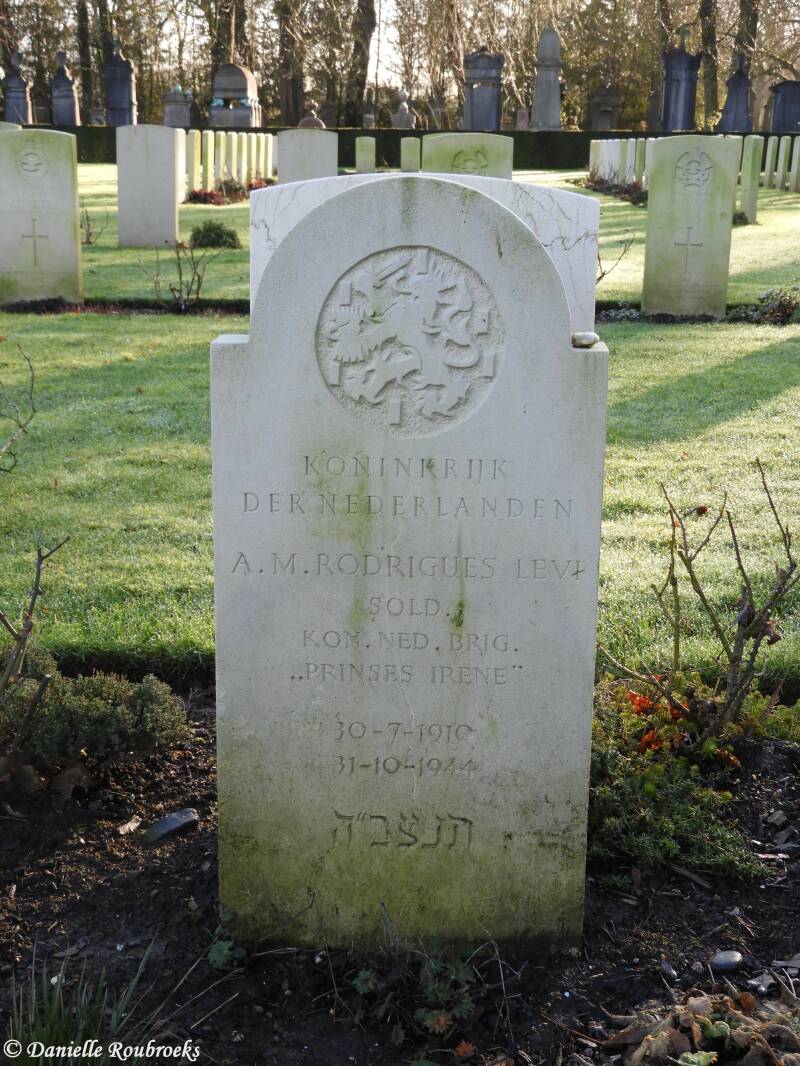Brussels Town Cemetery
History Information (Source: CWGC)
Brussels was in German hands from 20 August 1914 to the date of the Armistice. Plot X of the cemetery contains the graves of 54 Commonwealth casualties, 50 of which were prisoners of war whose bodies were brought back from Germany by the Canadian Corps in April 1919. The British Expeditionary Force was involved in the later stages of the defence of Belgium following the German invasion in May 1940, and suffered many casualties in covering the withdrawal to Dunkirk. Commonwealth forces did not return until September 1944, but in the intervening years, many airmen were shot down or crashed in raids on strategic objectives in Belgium, or while returning from missions over Germany. Most of the Second World War casualties buried in the town cemetery died on lines of communication duties after the liberation of Brussels at the beginning of September 1944, but a few date from the brief period that the BEF spent in Belgium in May 1940.
Brussels Town Cemetery contains 54 Commonwealth burials of the First World War and a further 587 from the Second World War, 4 of which are unidentified. There are also 35 Foreign National burials here and 5 Non world war Service burials. Follow the main avenue through the cemetery as far as you can go and the Commission plot is on your left.
Served with
- United Kingdom (497)
- Canadian (124)
- Polish (21)
- Australian (9)
- Dutch (9)
- New Zealand (5)
- Greek (3)
- South African (2)
Served in
- Army (438)
- Air Force (225)
- Navy (5)
- Miscellaneous (2)
VICTORIA CROSS
Flight Sergeant George THOMPSON - 1370700 - 9 Sqdn. Royal Air Force Volunteer Reserve
Died 23 January 1945 Age 24
Country of Service: United Kingdom
Awards: Victoria Cross
Thompson was born in Trinity Gask, Perthshire and educated at Portmoak Primary School and Kinross High School. After being apprenticed to a grocer in Kinross he joined the Local Defence Volunteers when the Second World War began. In January 1941 he joined the Royal Air Force Volunteer Reserve, training as a ground crew wireless operator and serving in Iraq. He then volunteered for aircrew and was posted to RAF Bomber Command.
Citation
The London Gazette of 16th February 1945 gives the following details : Flight Sergeant Thompson was the wireless operator in an aircraft which attacked the Dortmund-Ems Canal by daylight on 1st January, 1945. Just after releasing its bombs, the aircraft was hit by a heavy shell which set it on fire and caused extensive damage. Flight Sergeant Thompson without hesitation went through the fire and exploding ammunition and rescued the gunners from the mid-upper and rear gun-turrets, both of whom were unconscious. With his bare hands he extinguished their burning clothing. He then with great difficulty made his way back through the burning fuselage to report to the captain of the aircraft. He might have devoted his efforts to quelling the fire, but preferred to go through it to save his comrades, hazarding his life.
Three weeks later he died of his injuries. One of the gunners he rescued survived; he owes his life to the gallantry of Flight Sergeant Thompson, whose courage and self-sacrifice will ever be an inspiration to the Service.
Grave Reference: X. 27. 45.
(Source; Wikipedia)
3 soldiers of the Greek army:
Private D. GROPALIS, 18 December 1945. Major D. PATOUNIS, 05 February 1946. Private G. ZARKADOULA, 09 October 1945.
The epitaph reads: “The whole earth is the sepulchre of famous men.”
Wrote Thucydides (the father of Histroy) on Pericles epitaph.
21 Polish War Graves
9 Dutch War Graves


